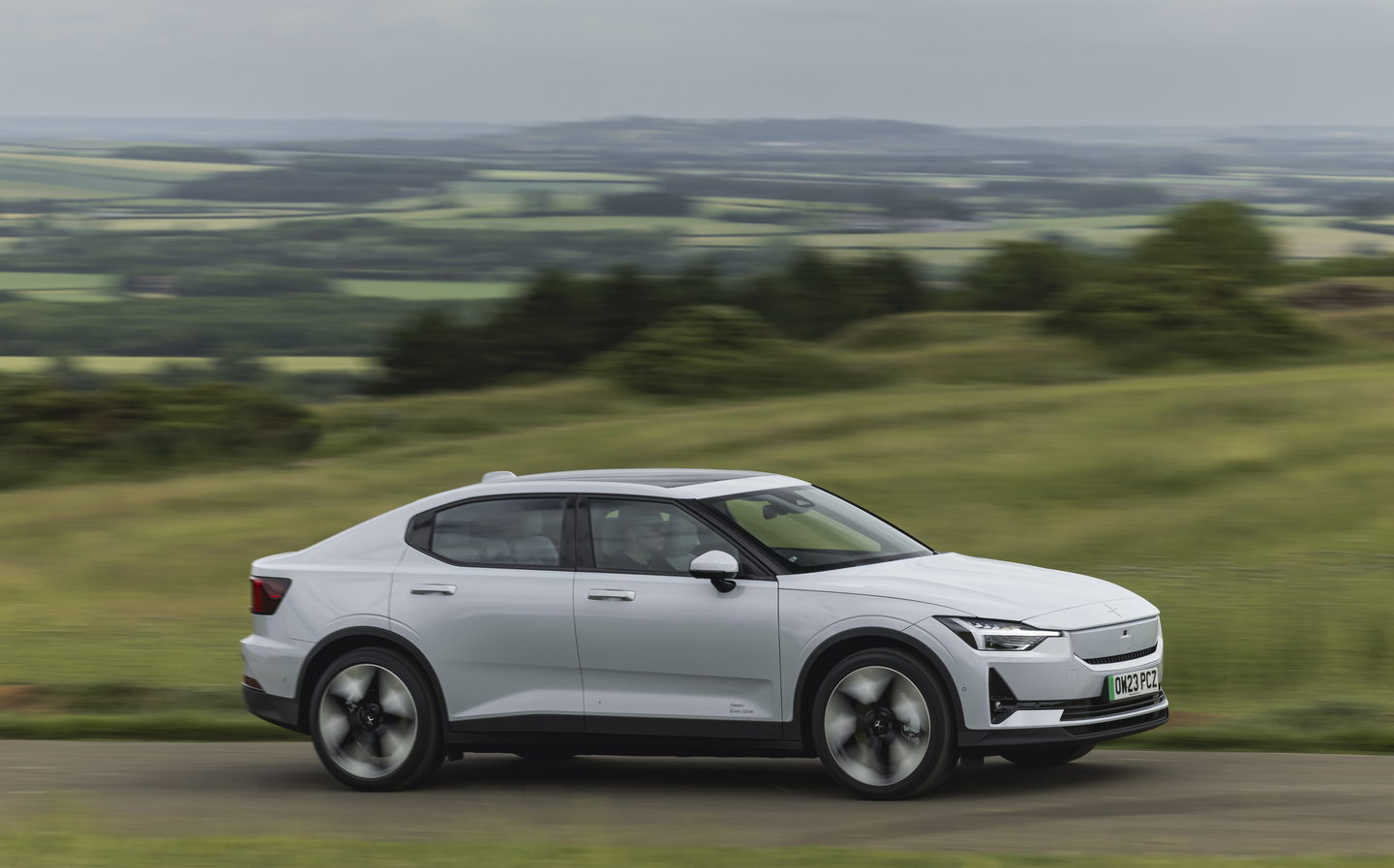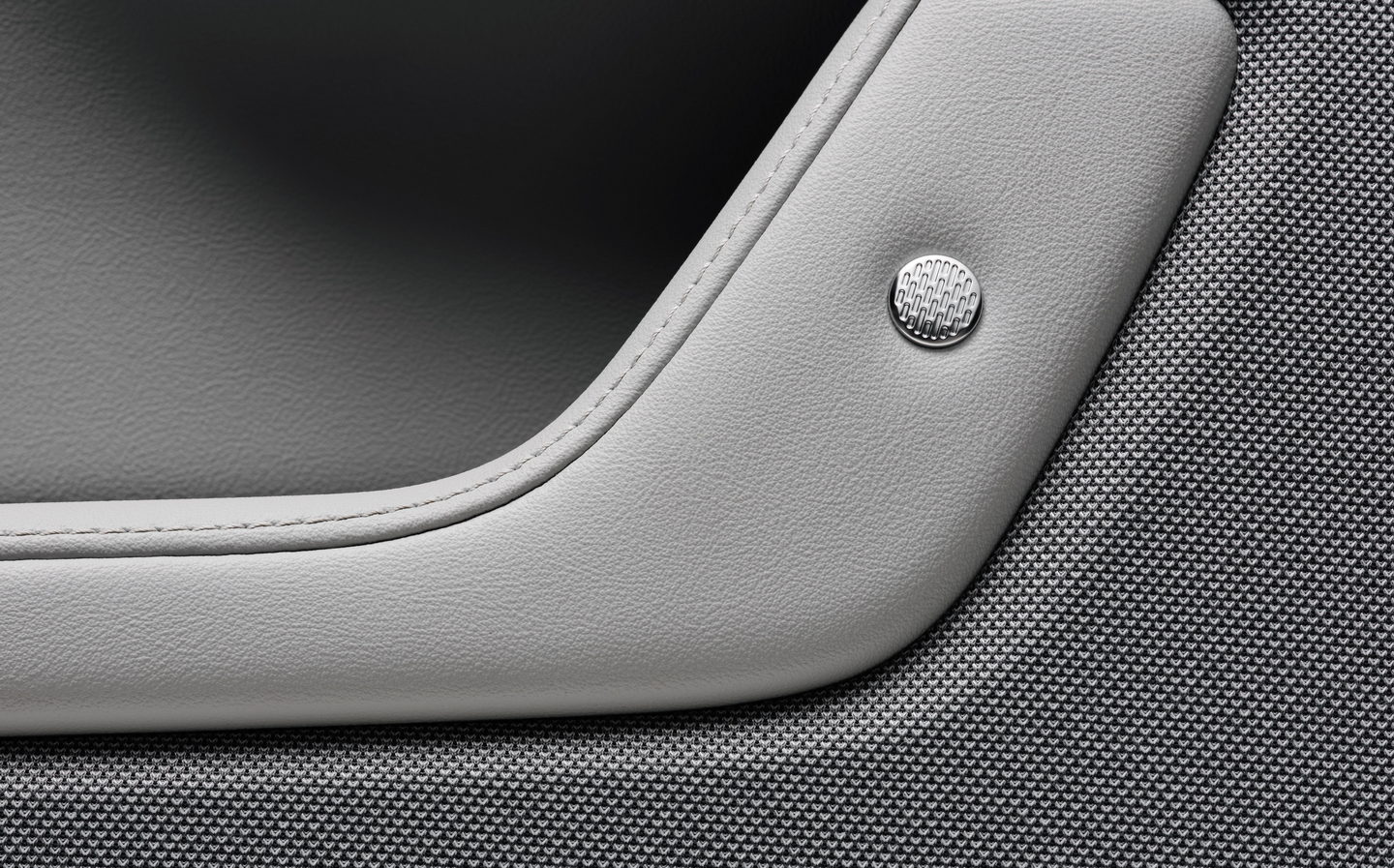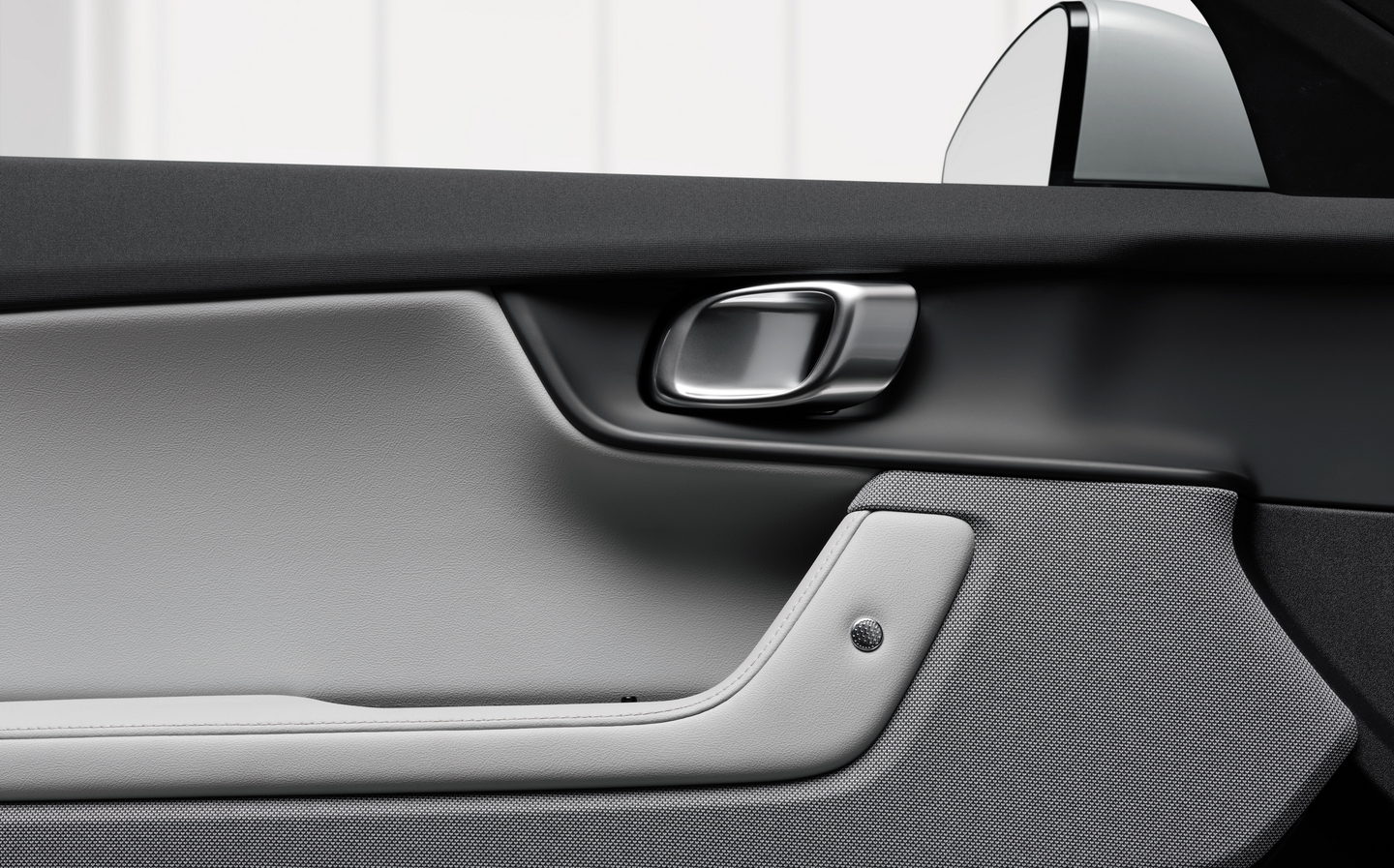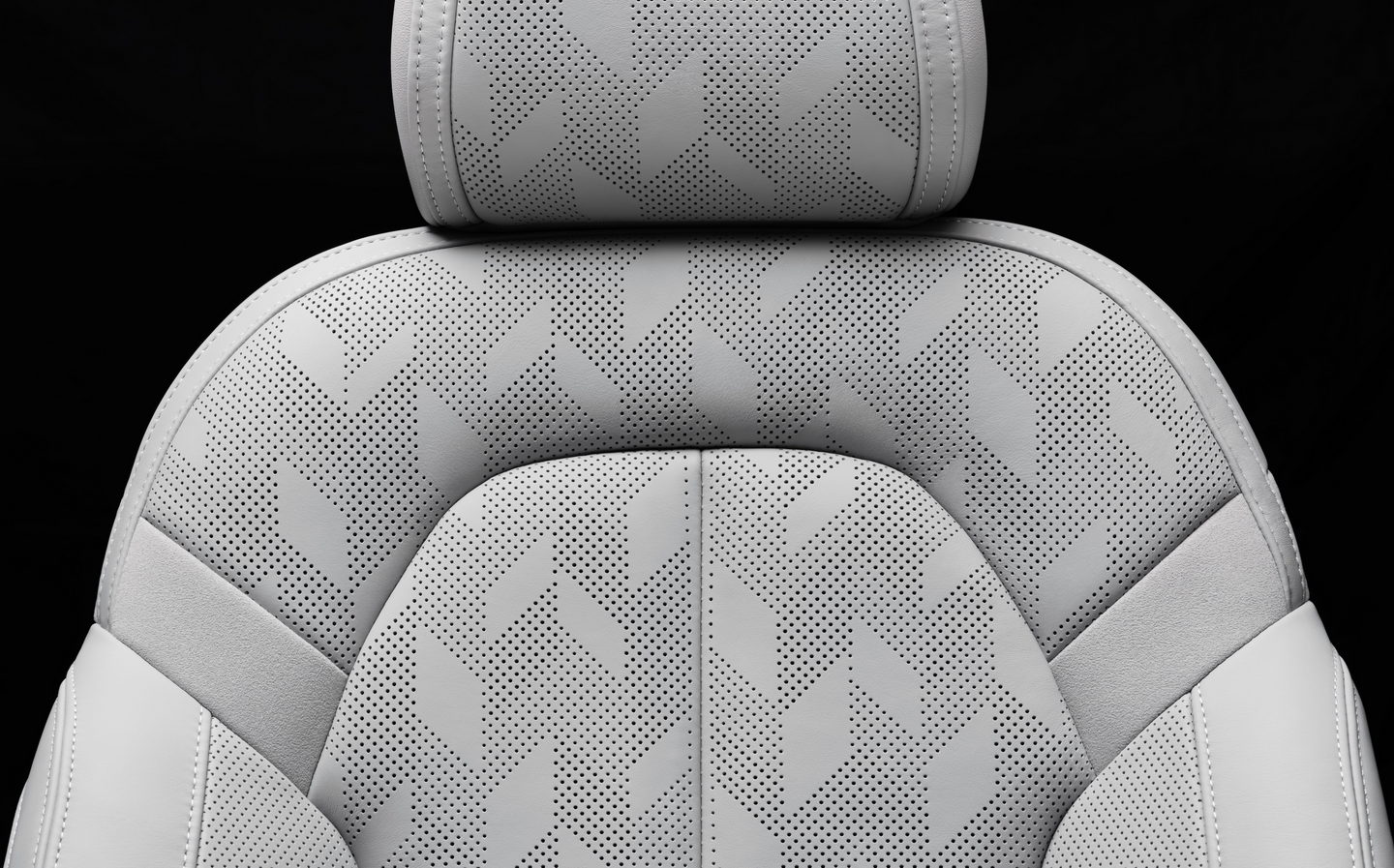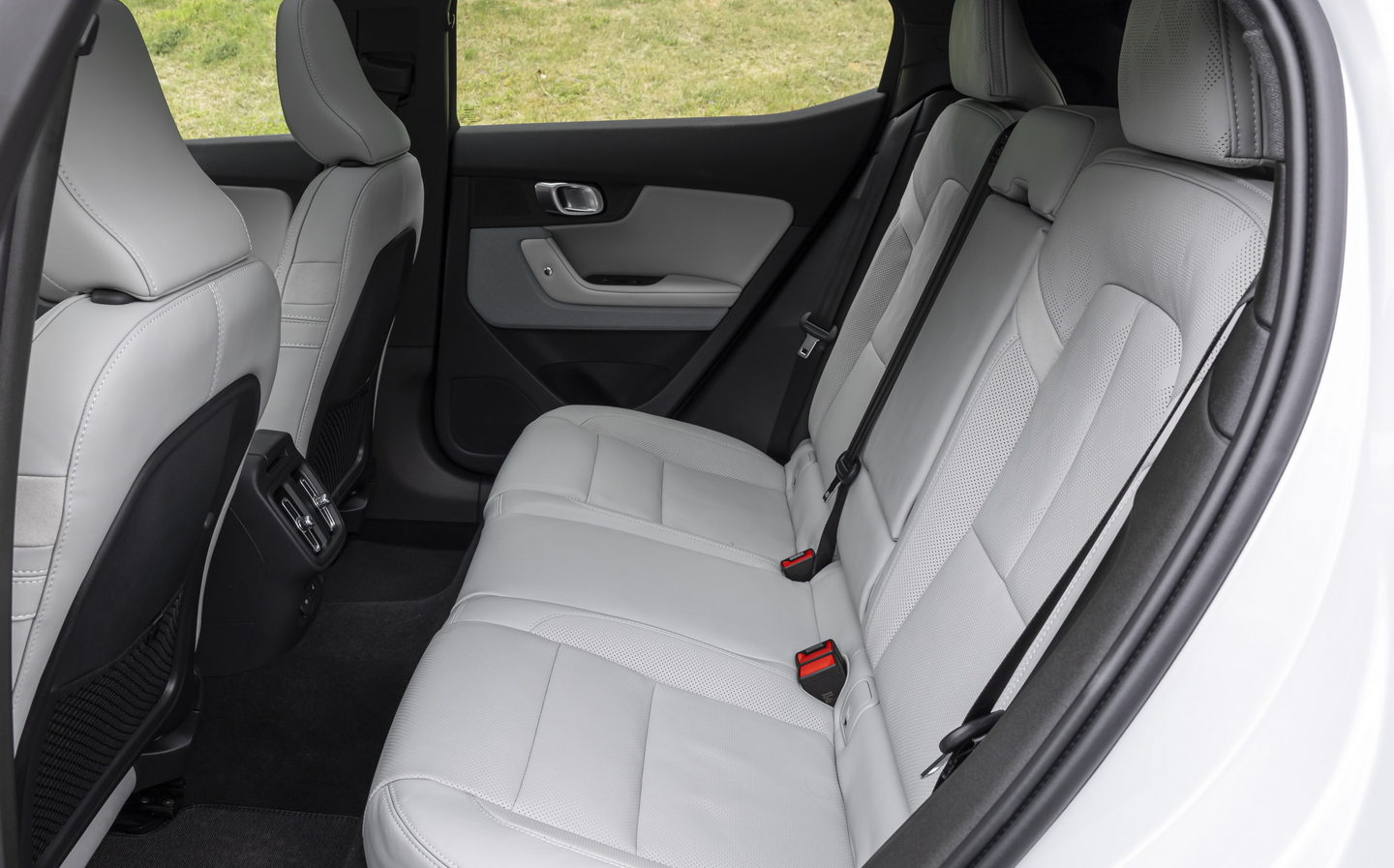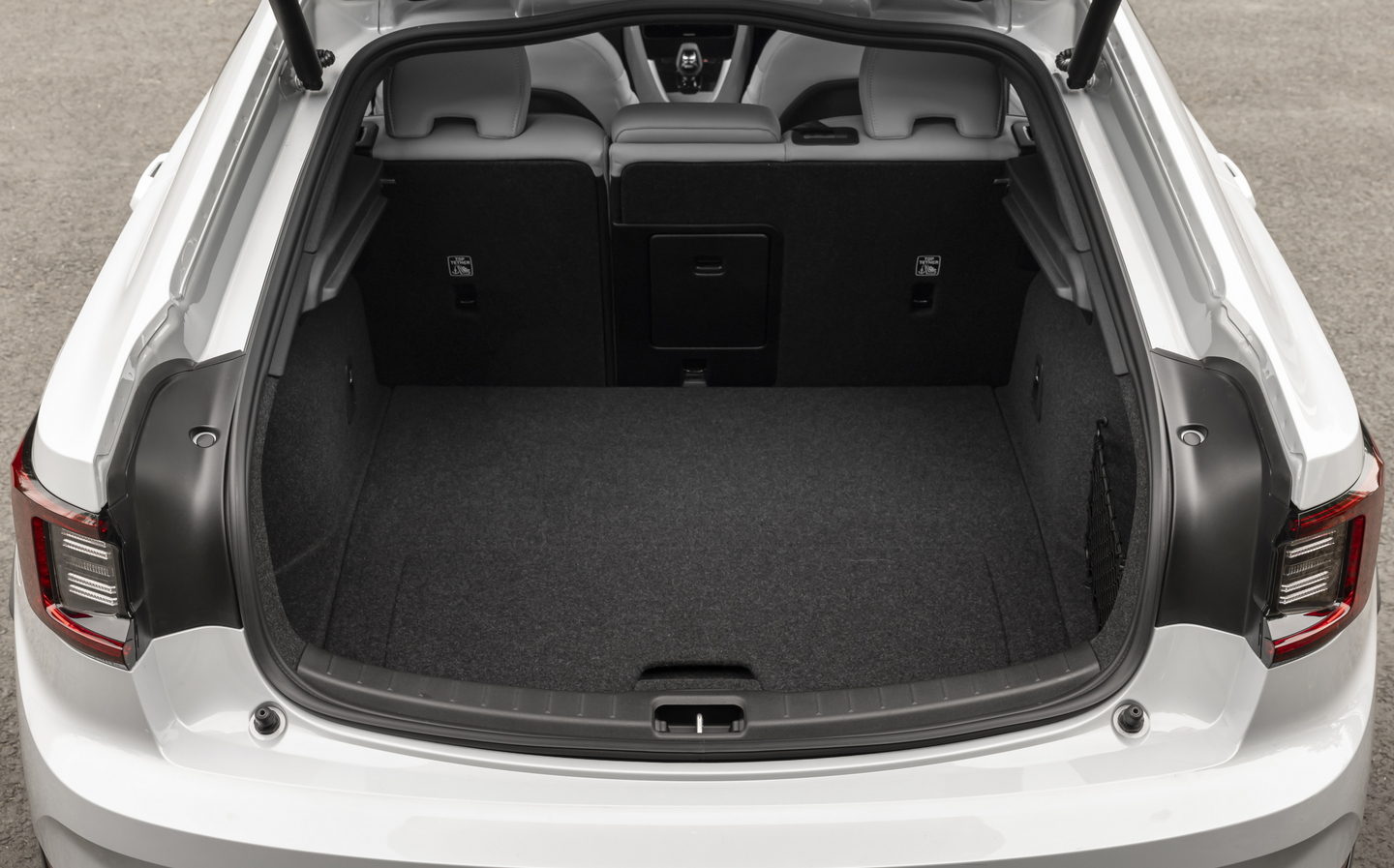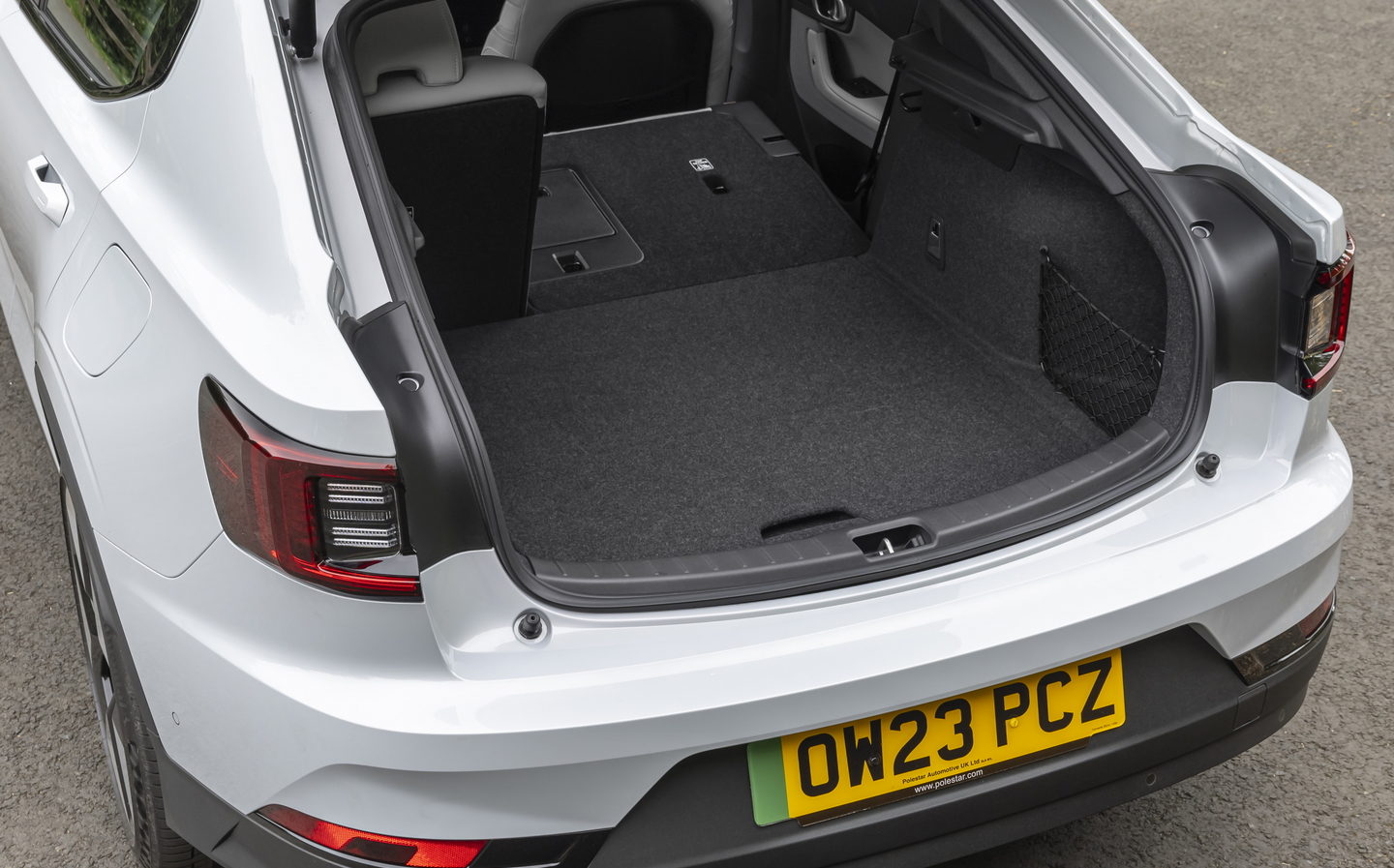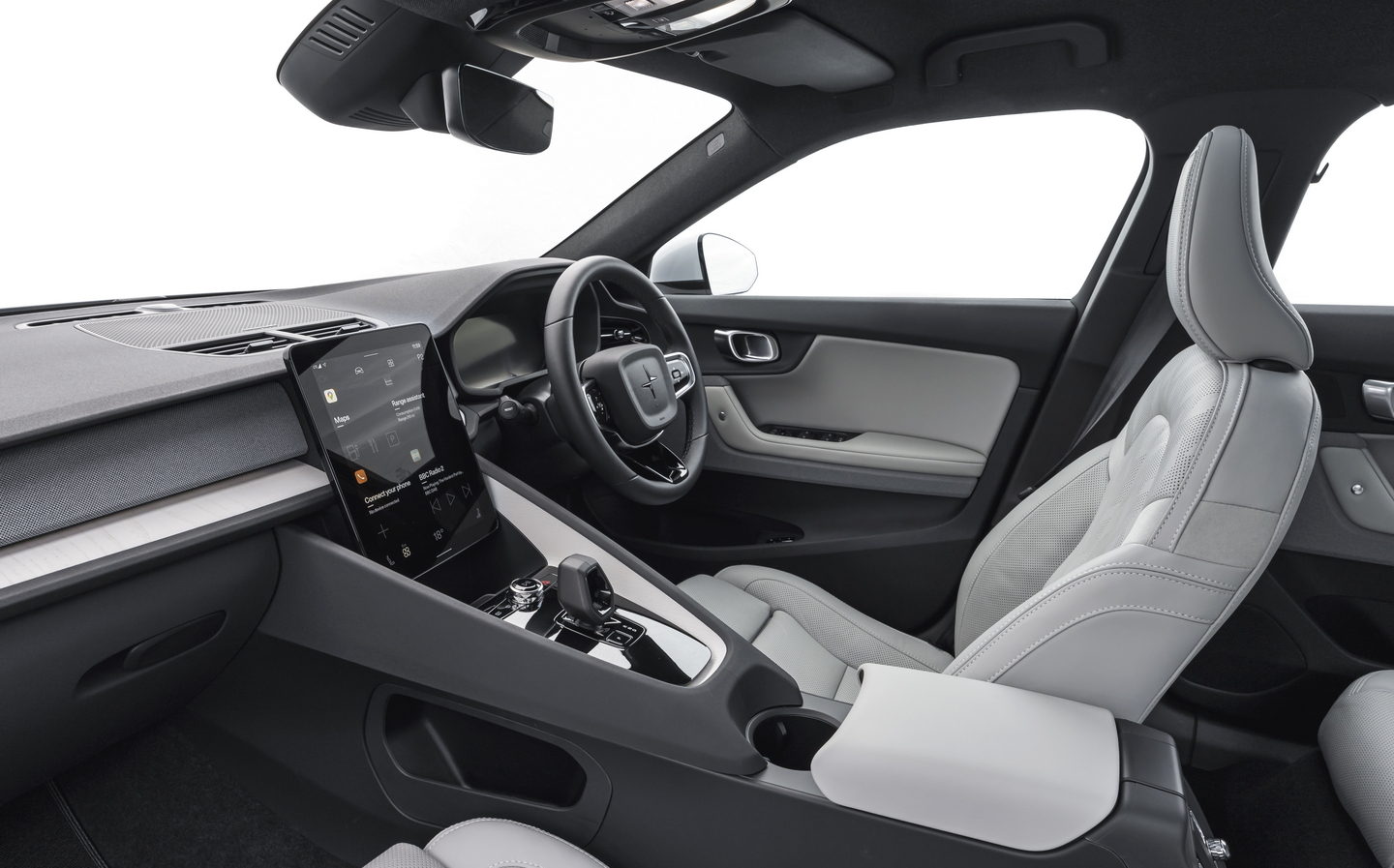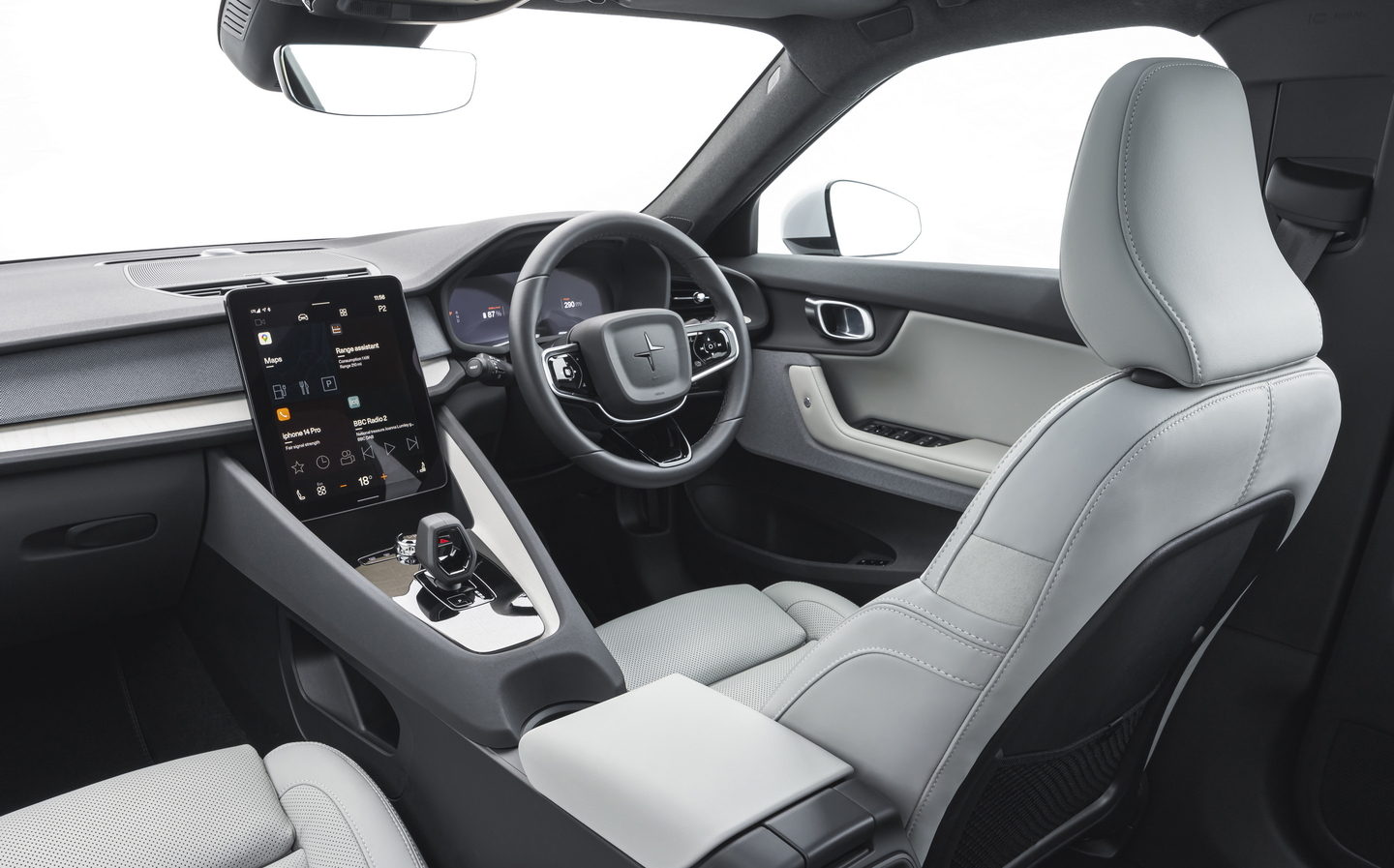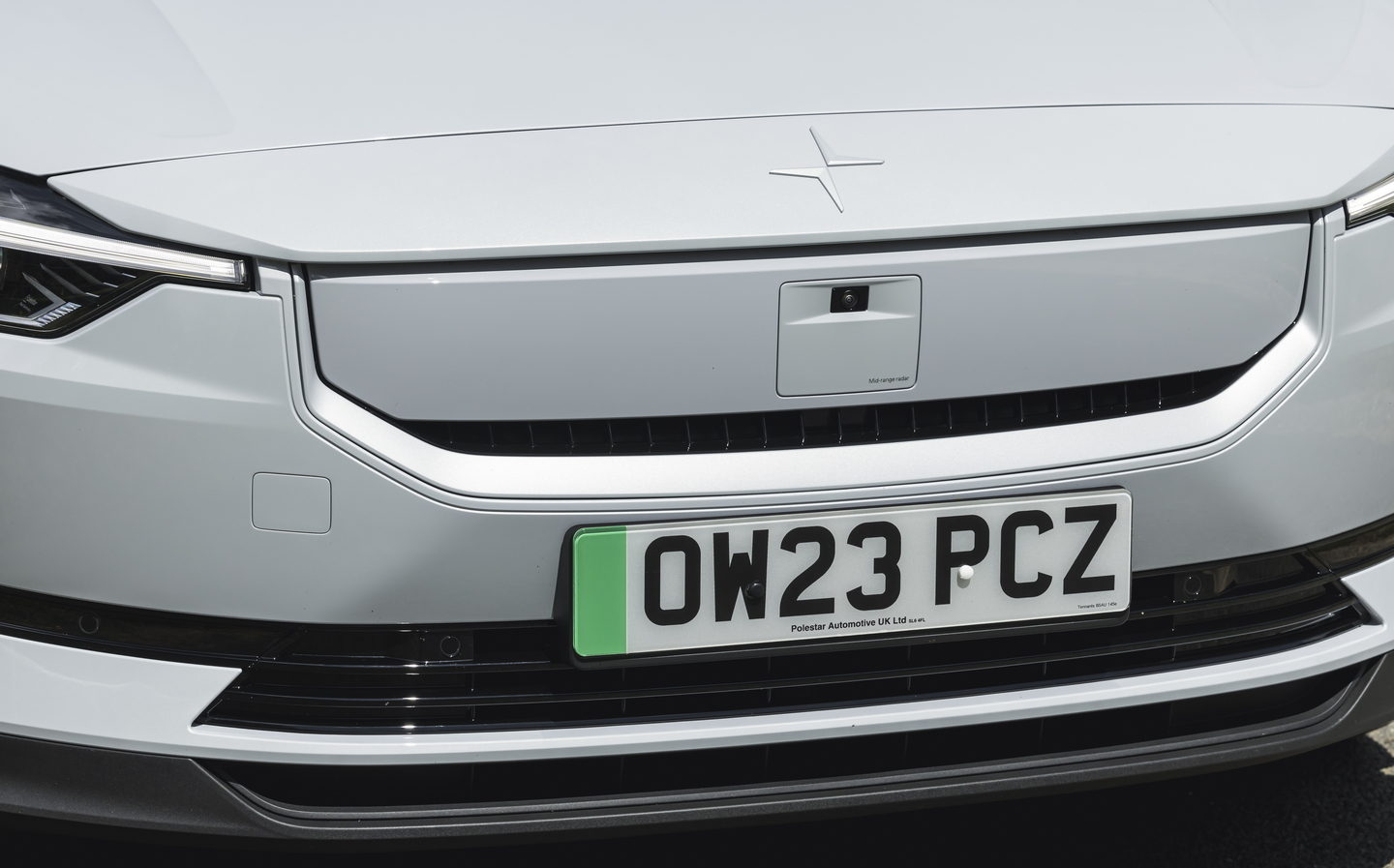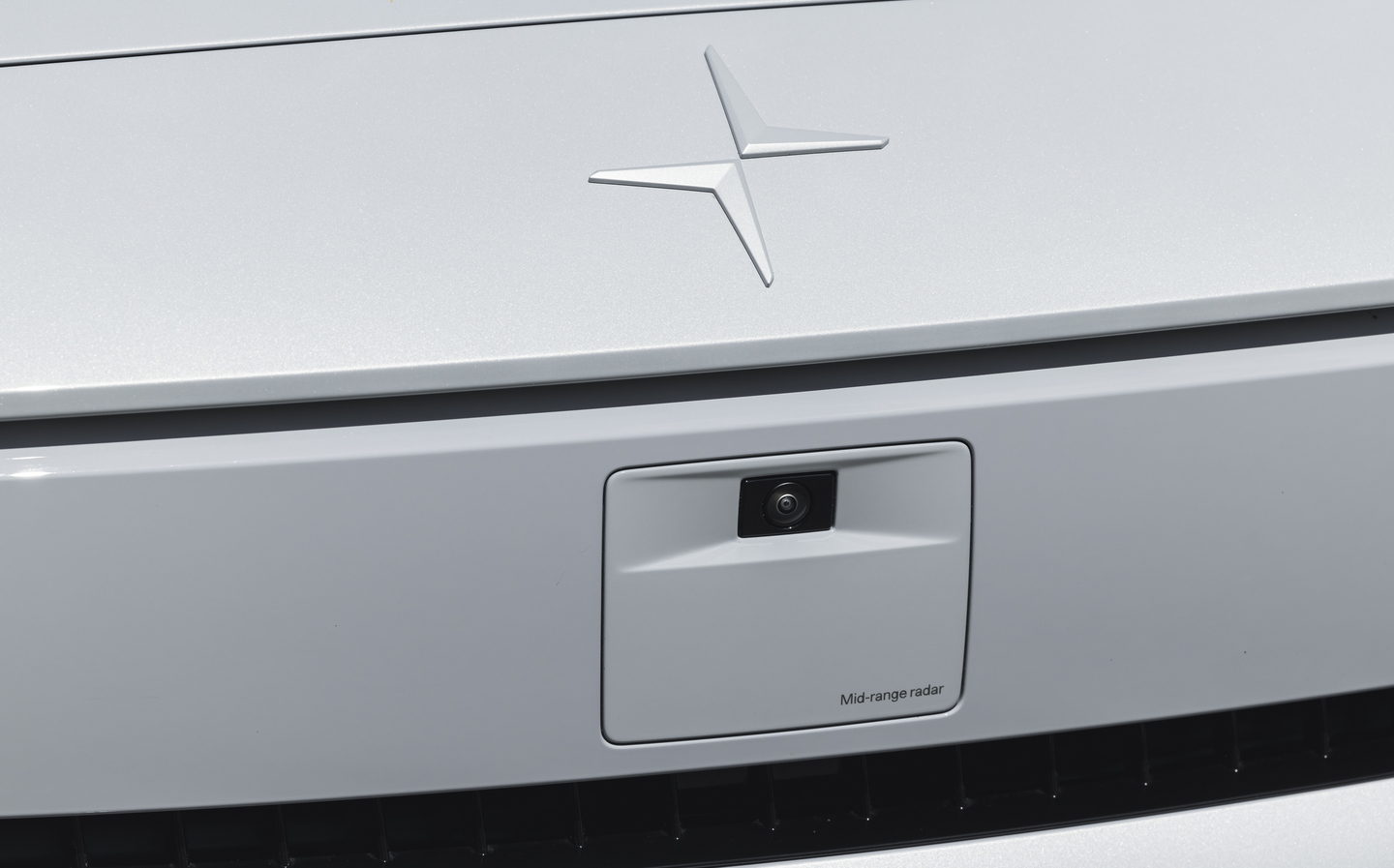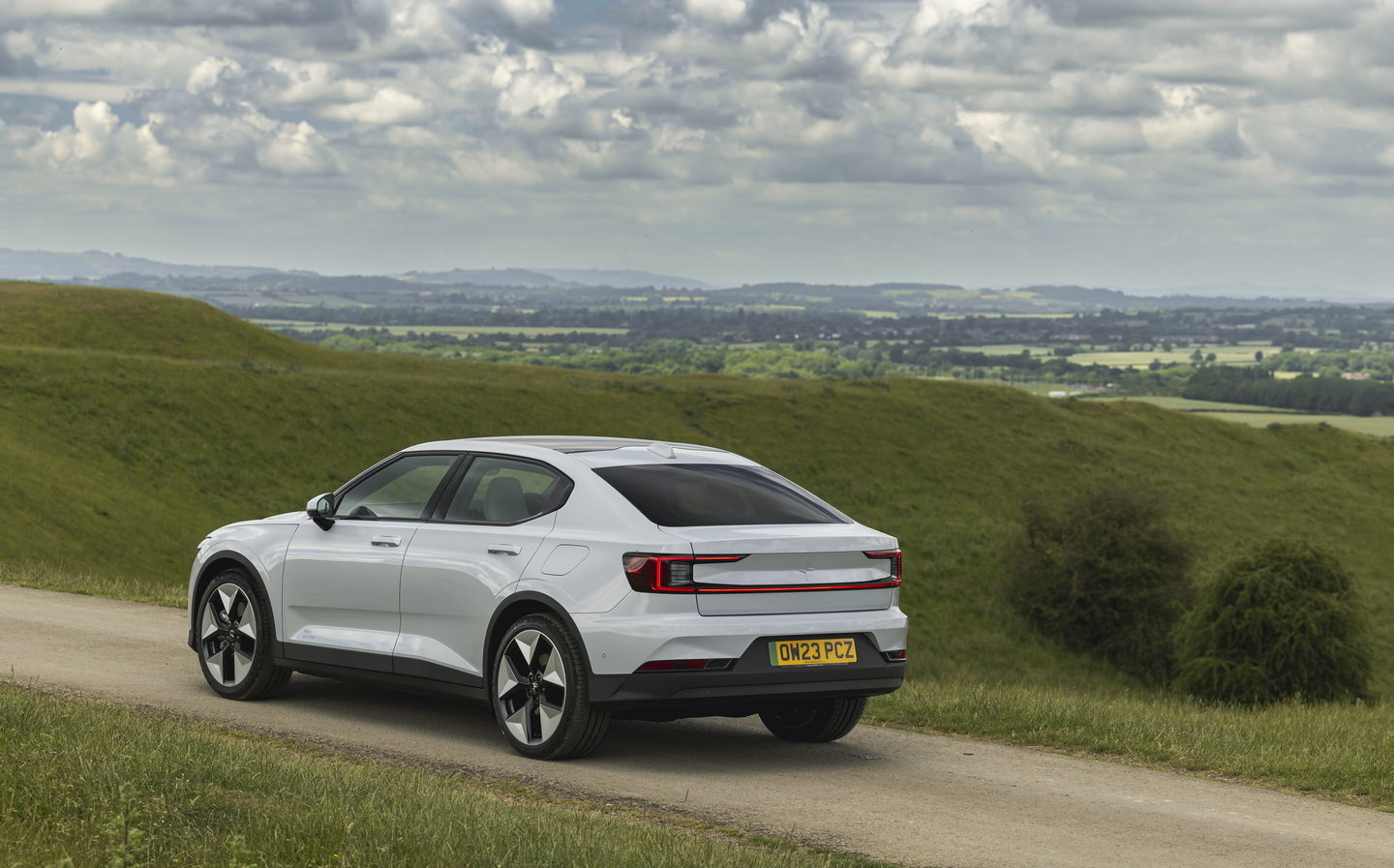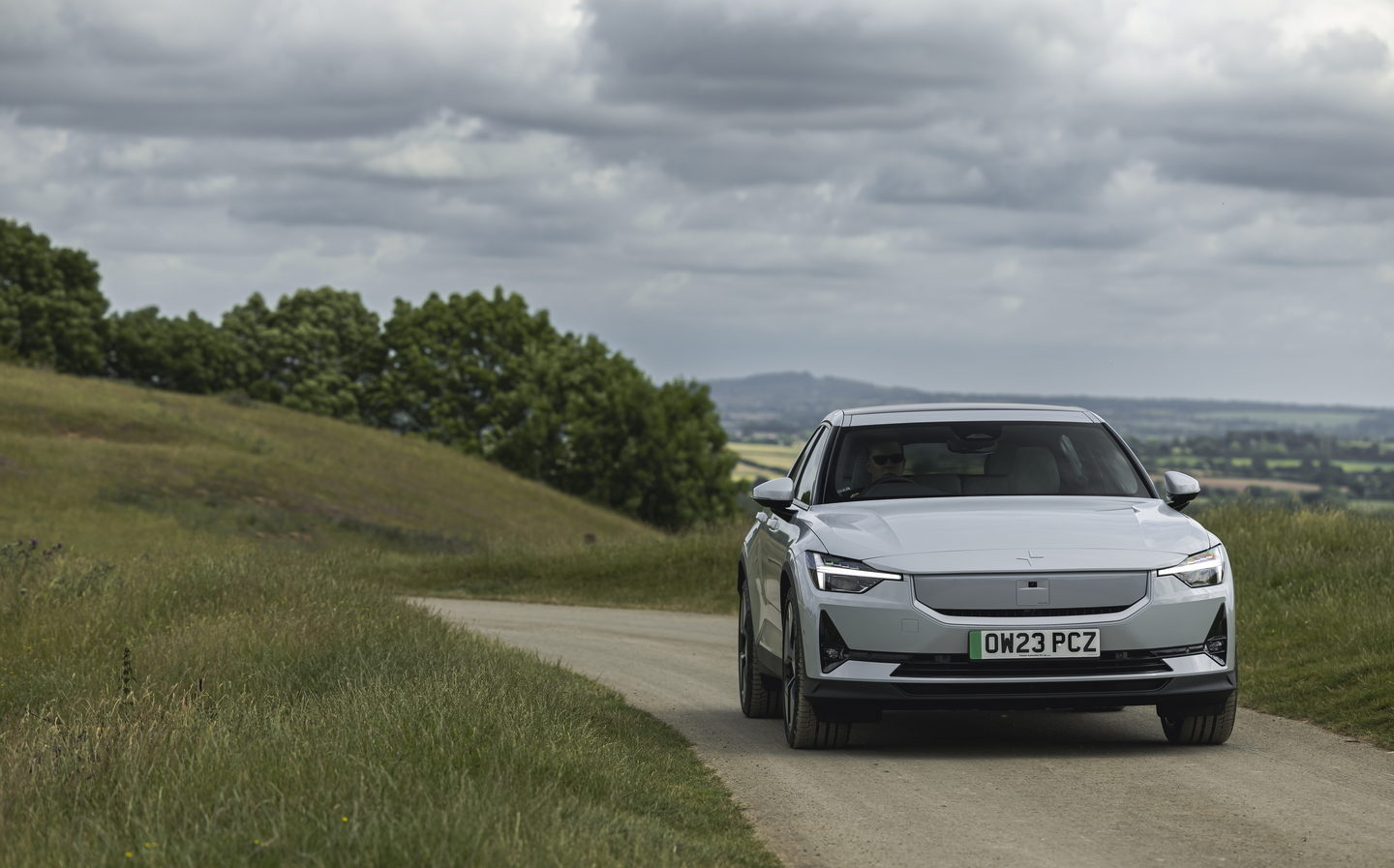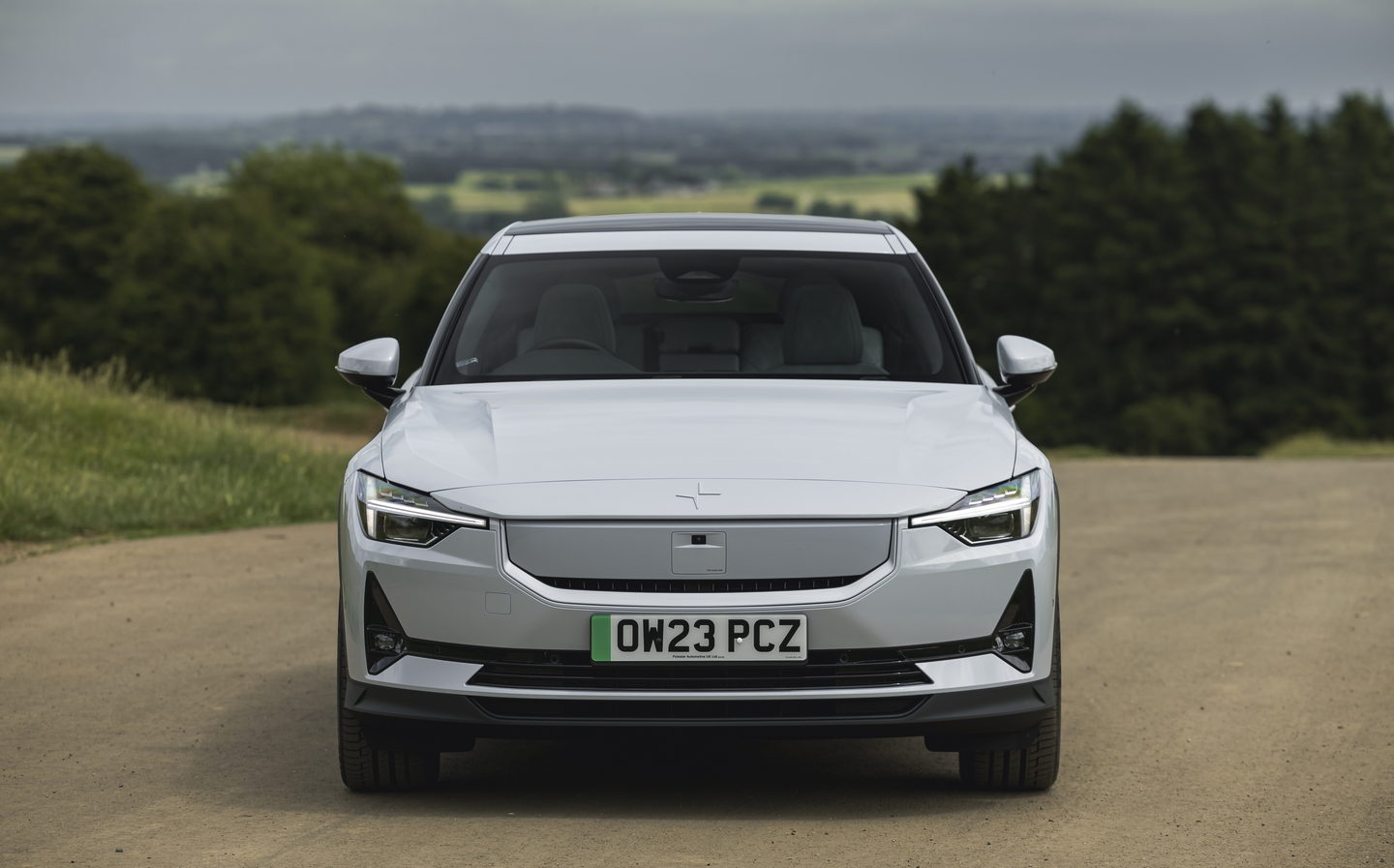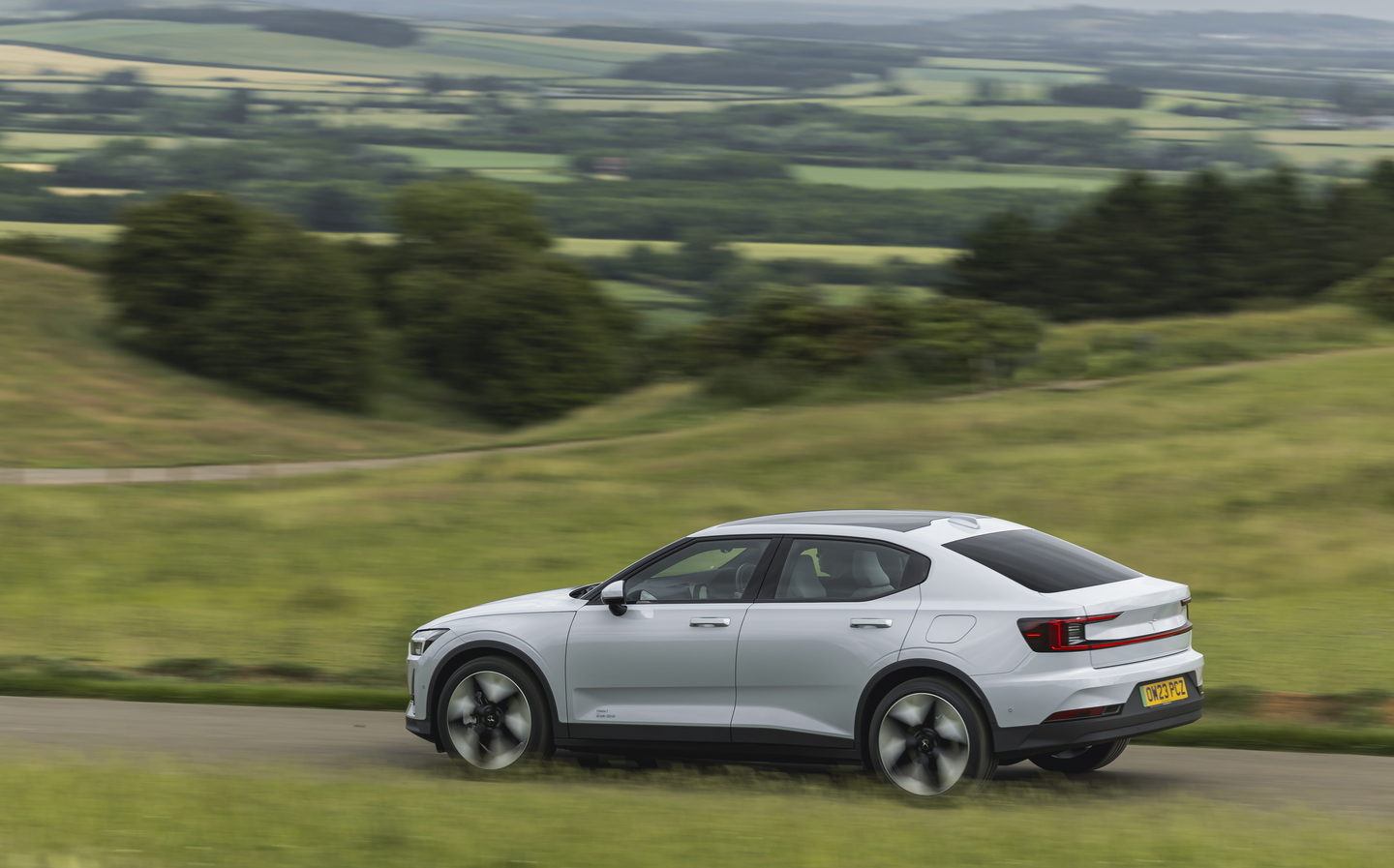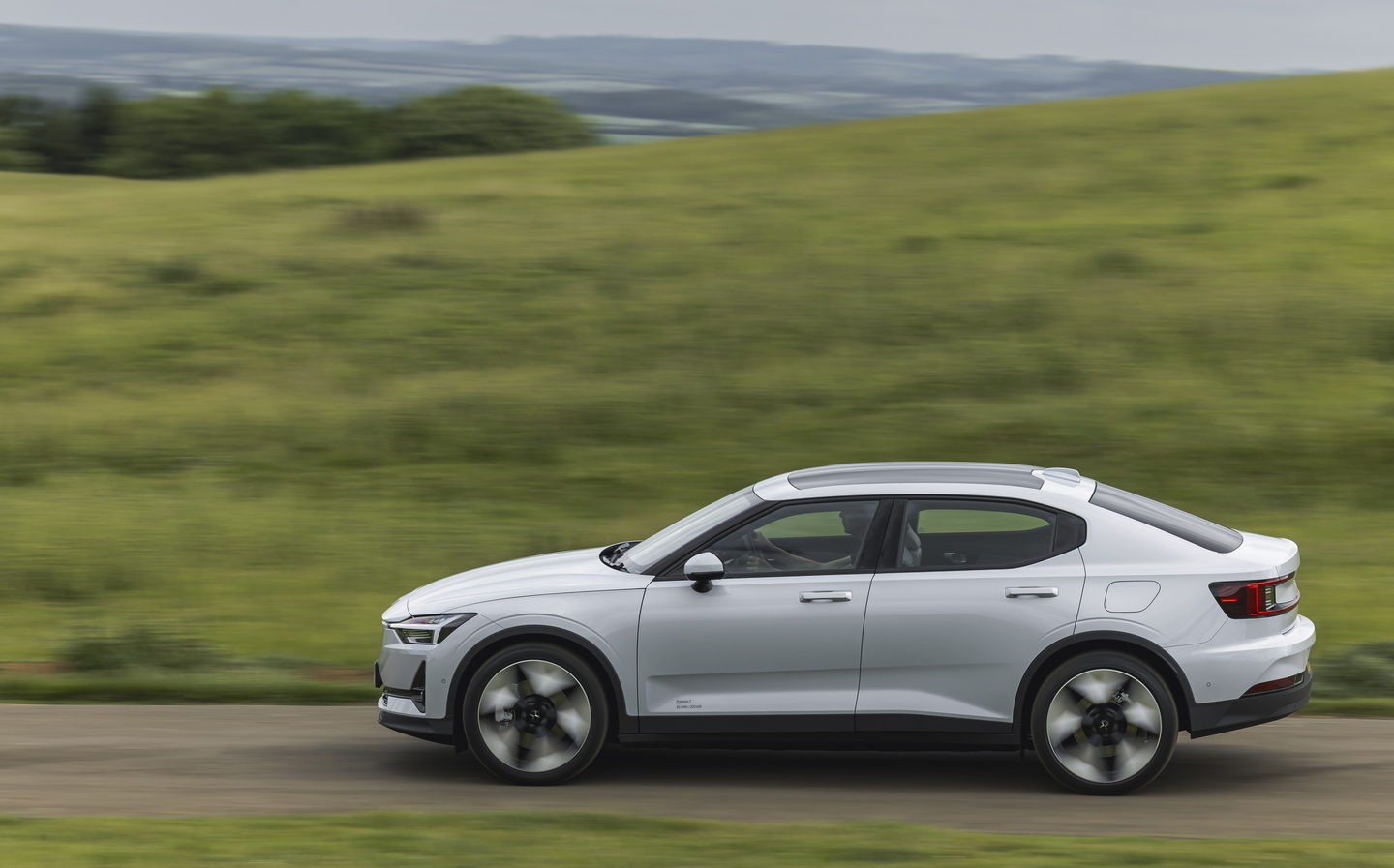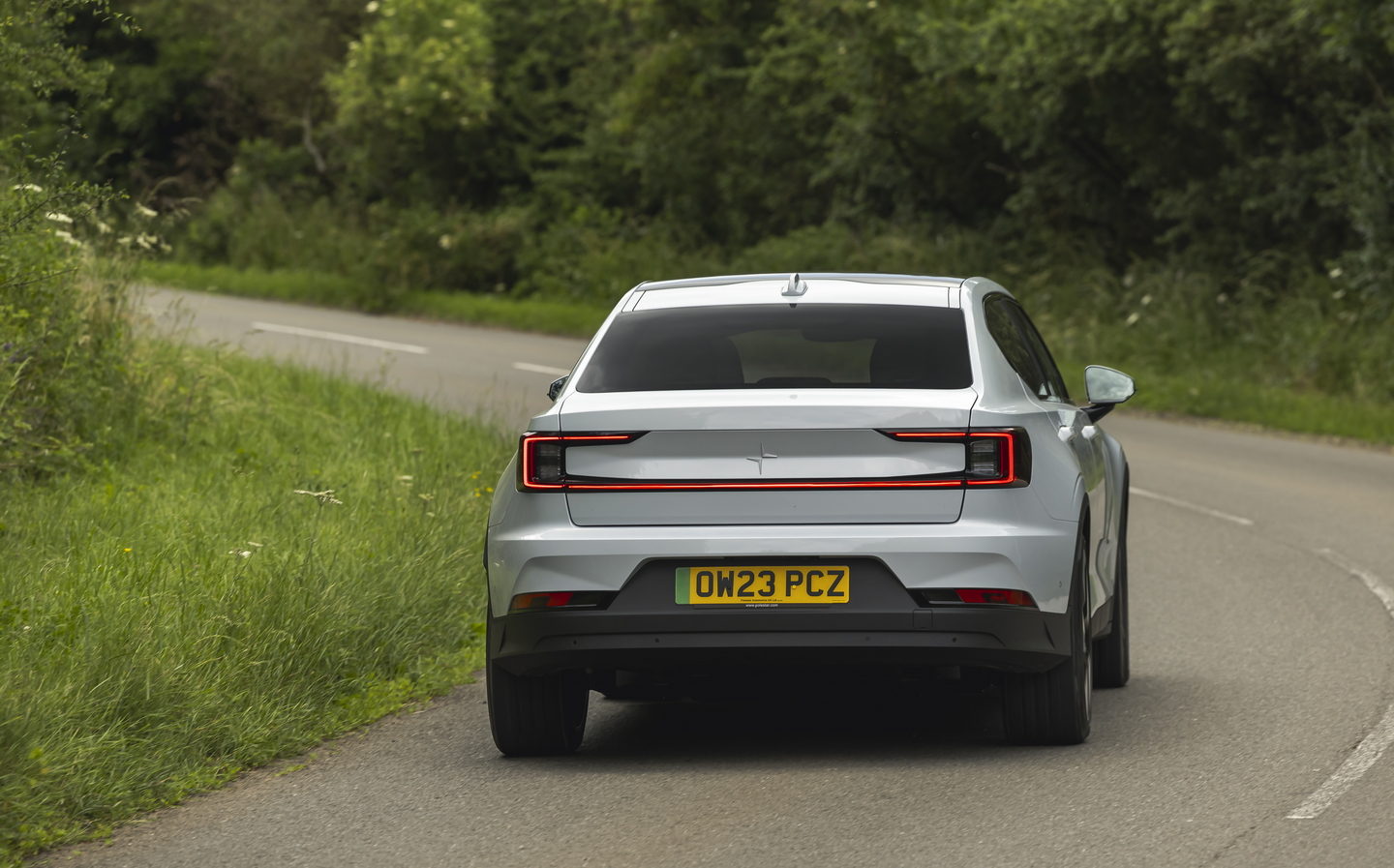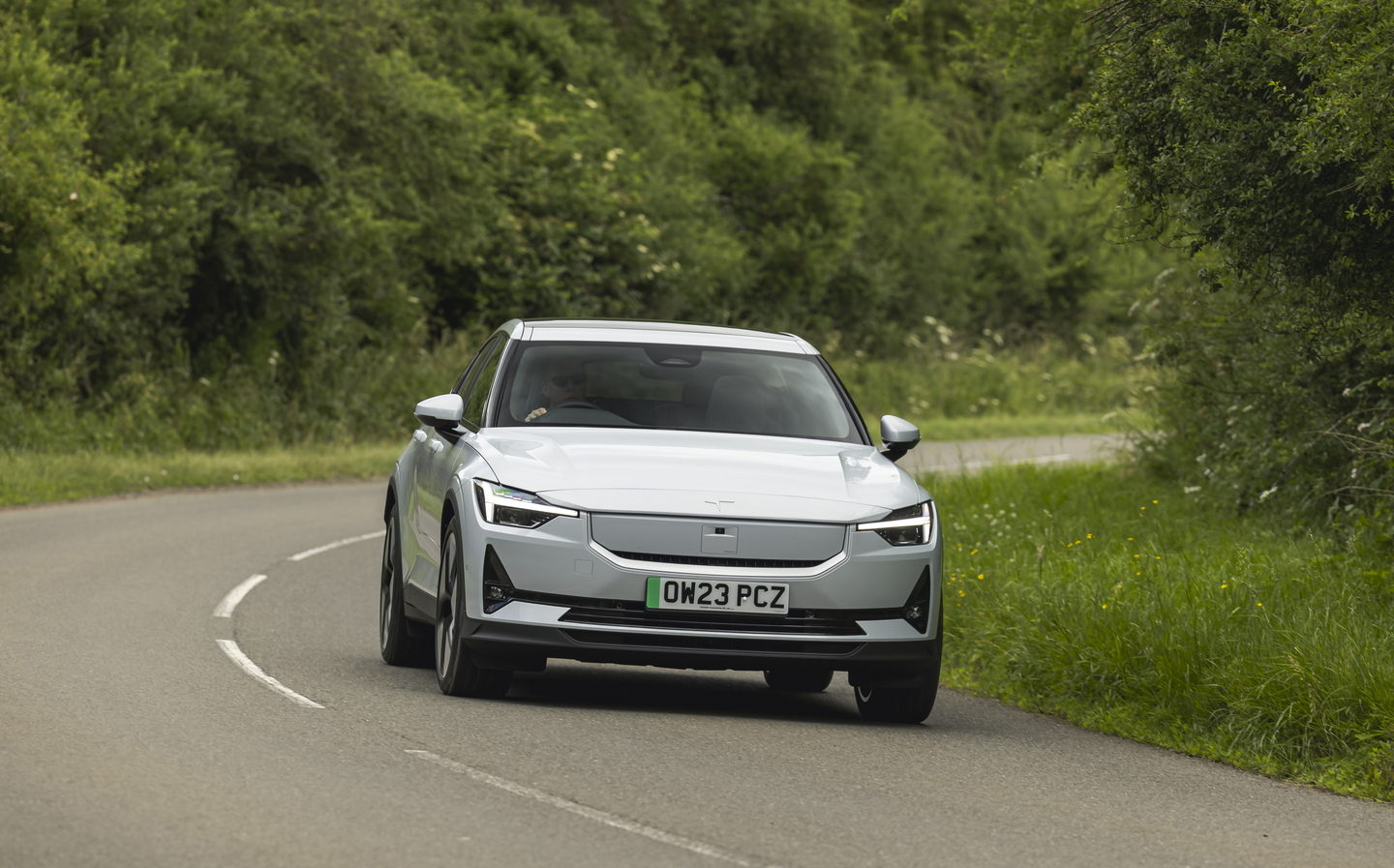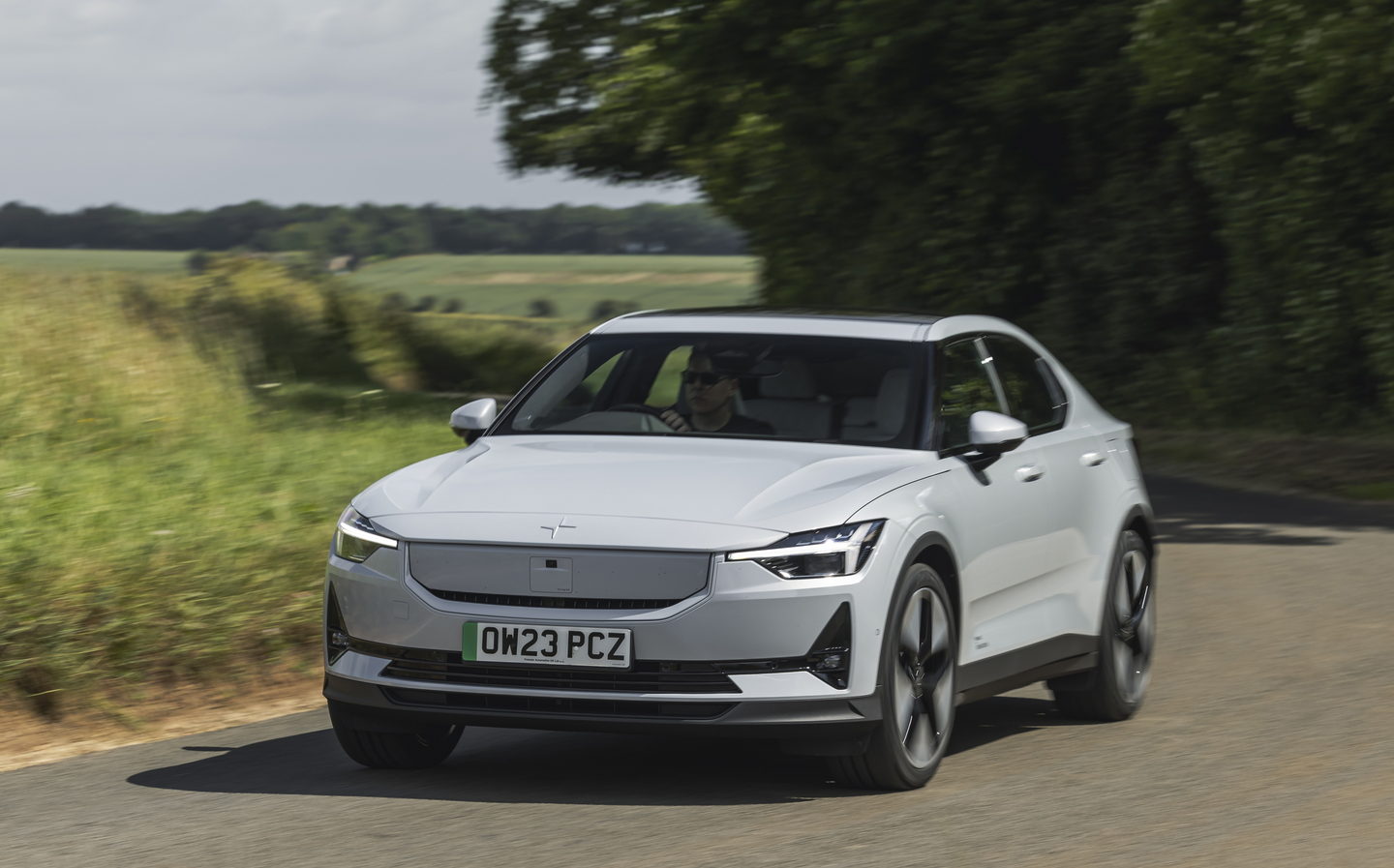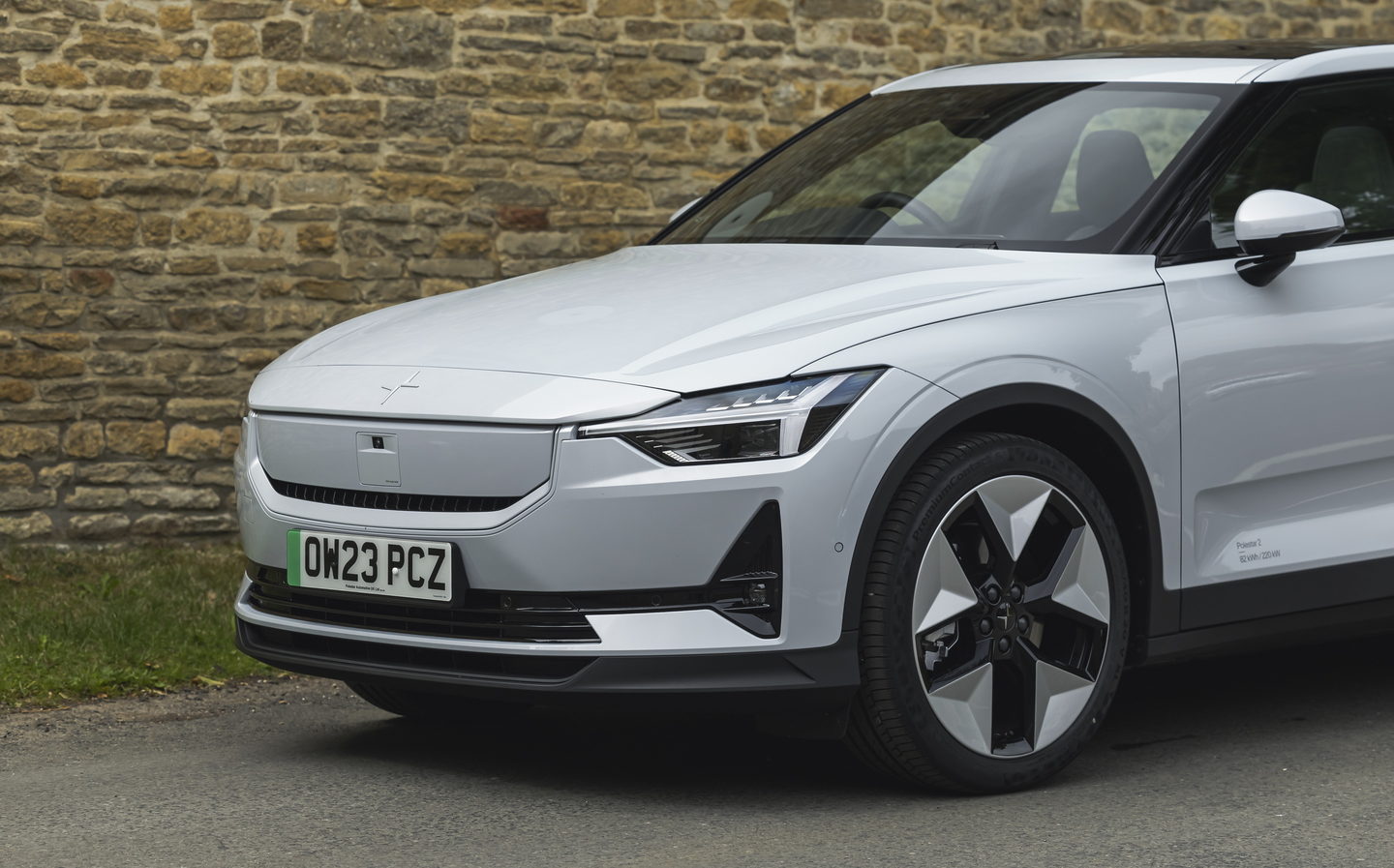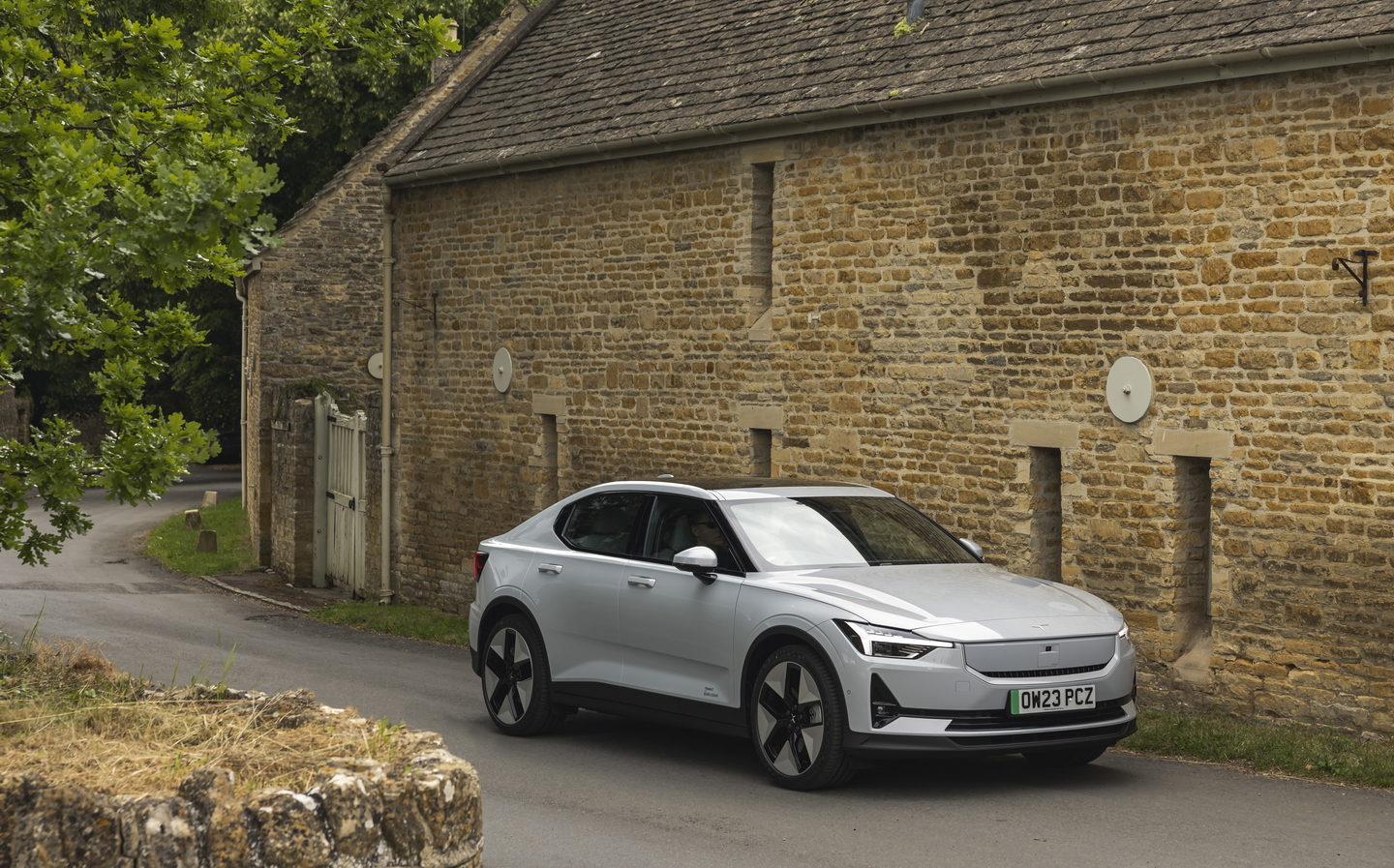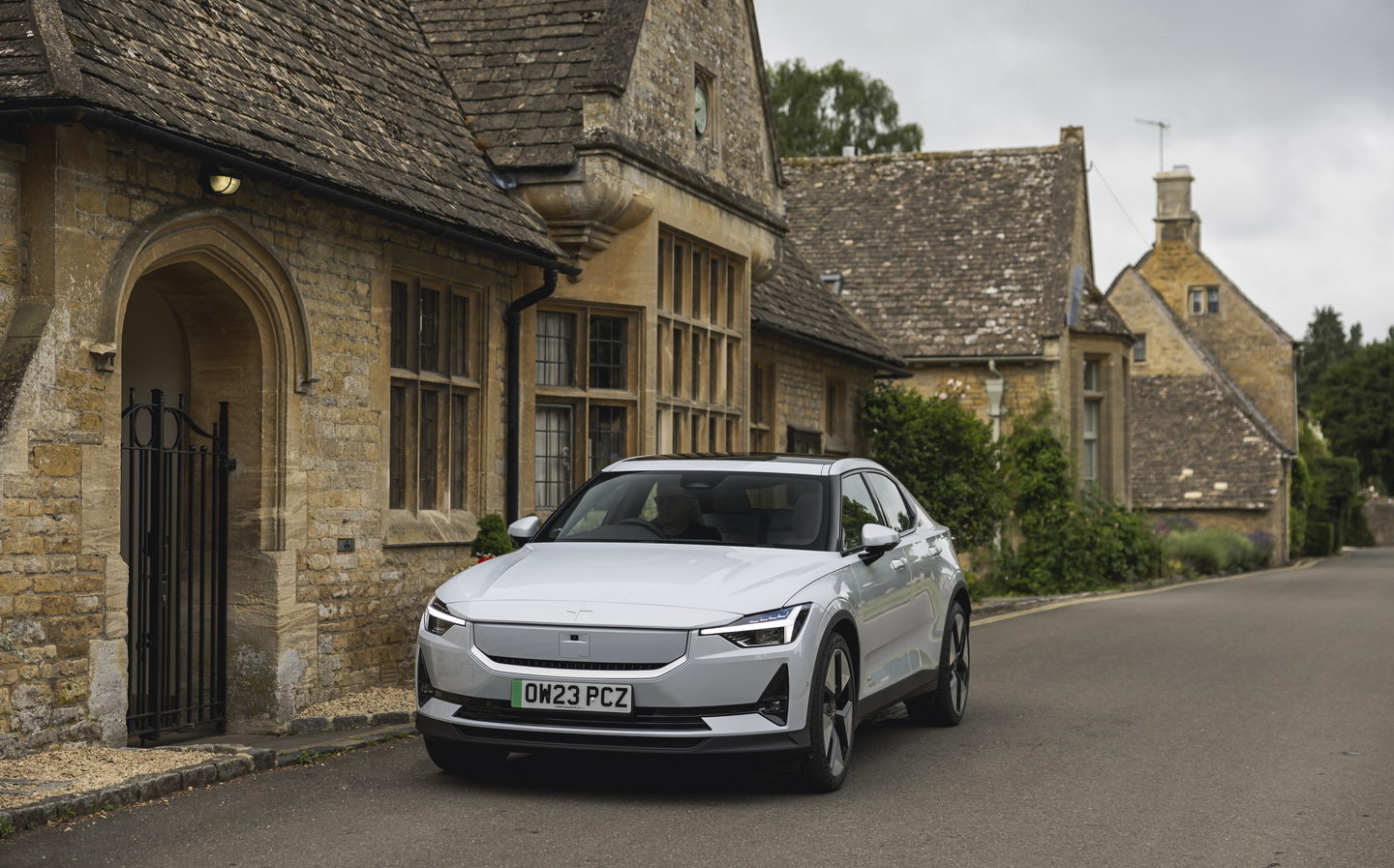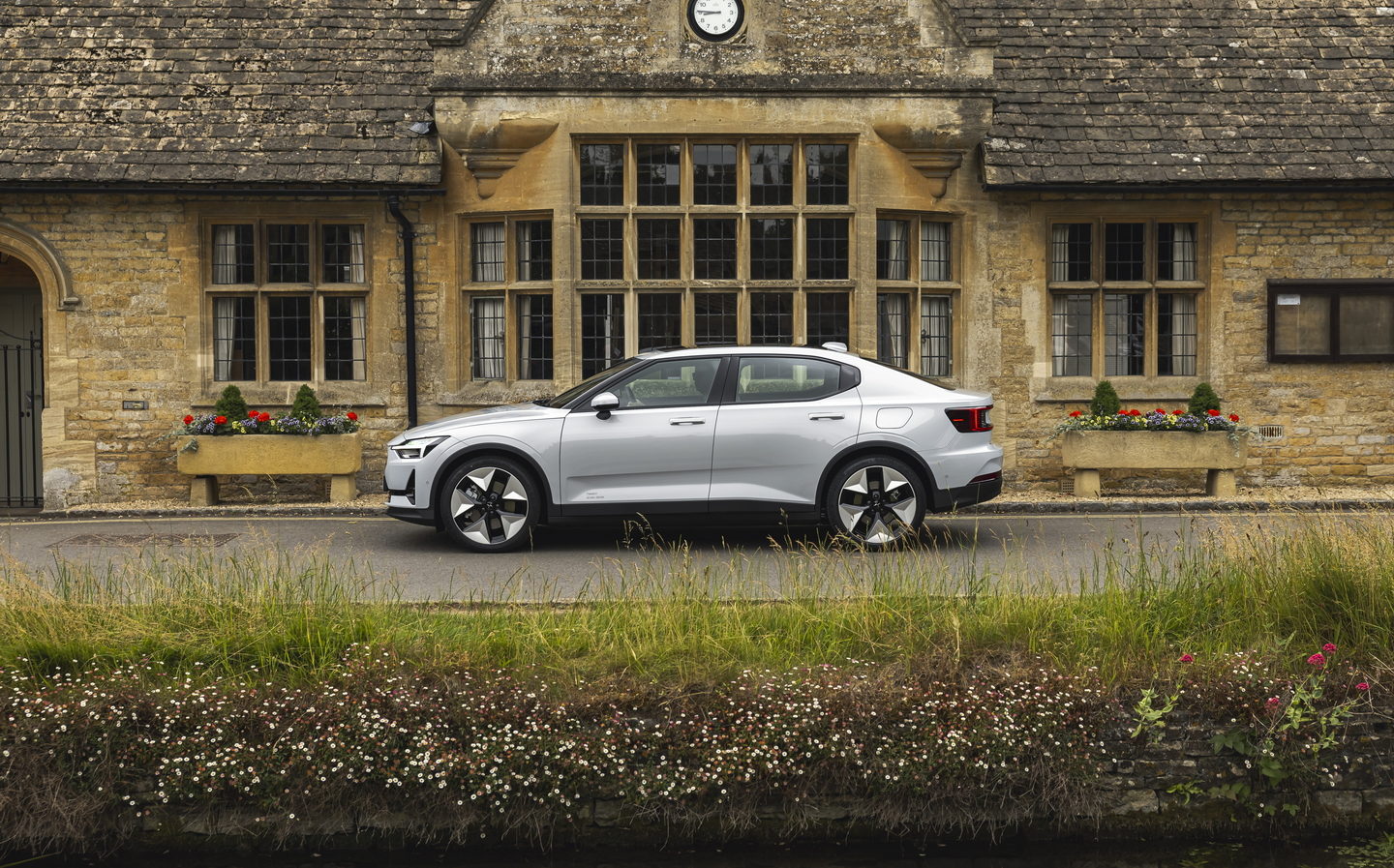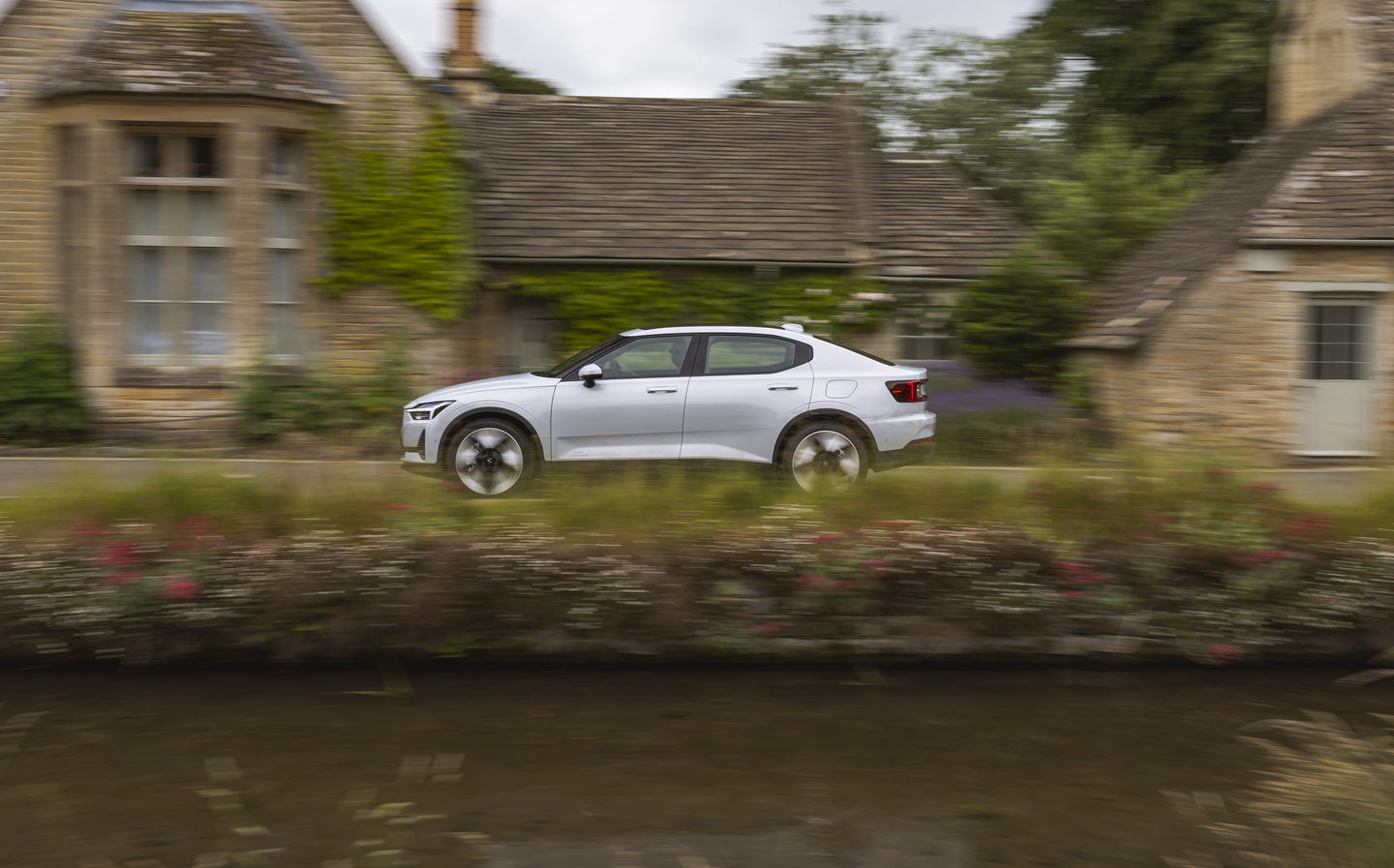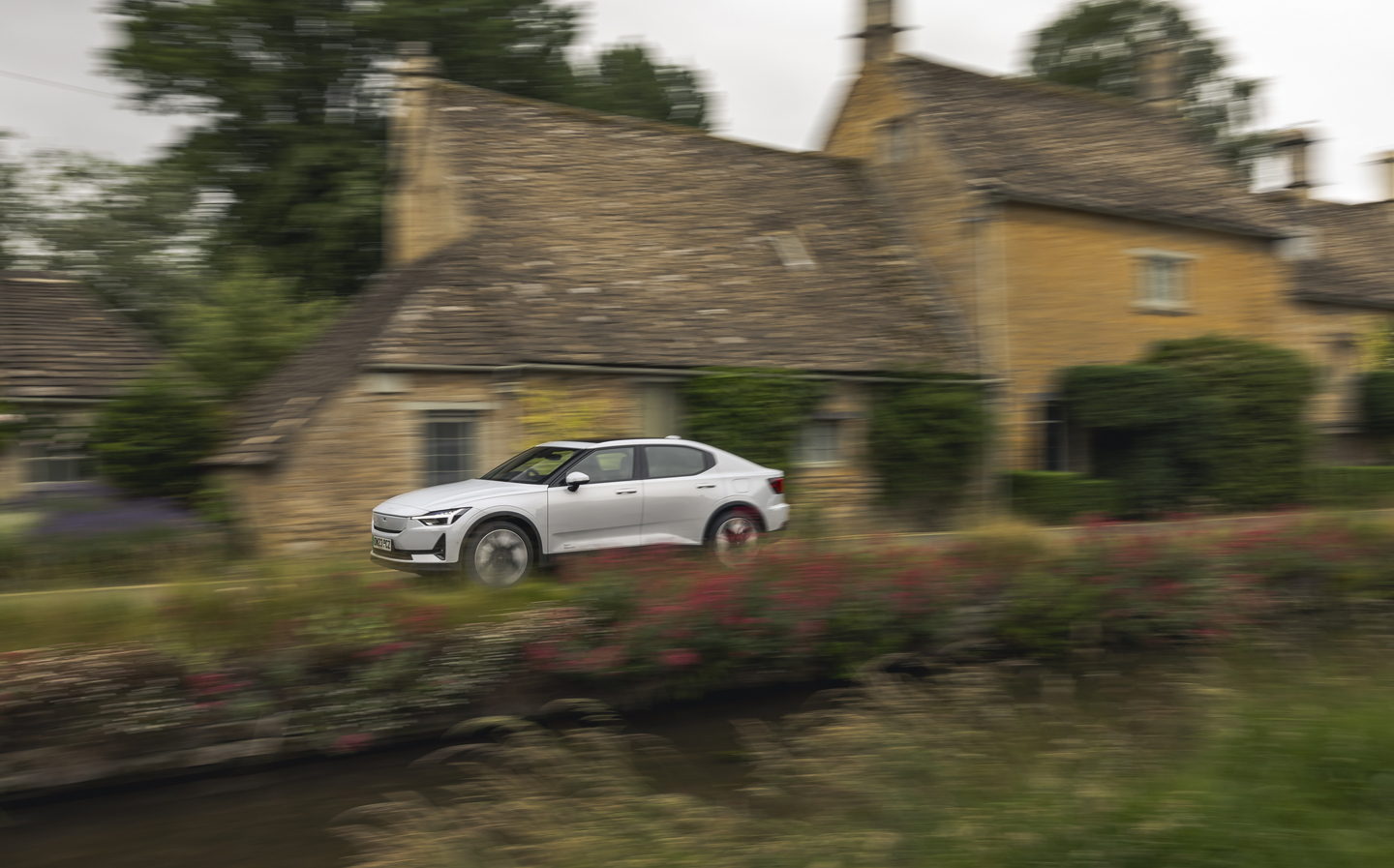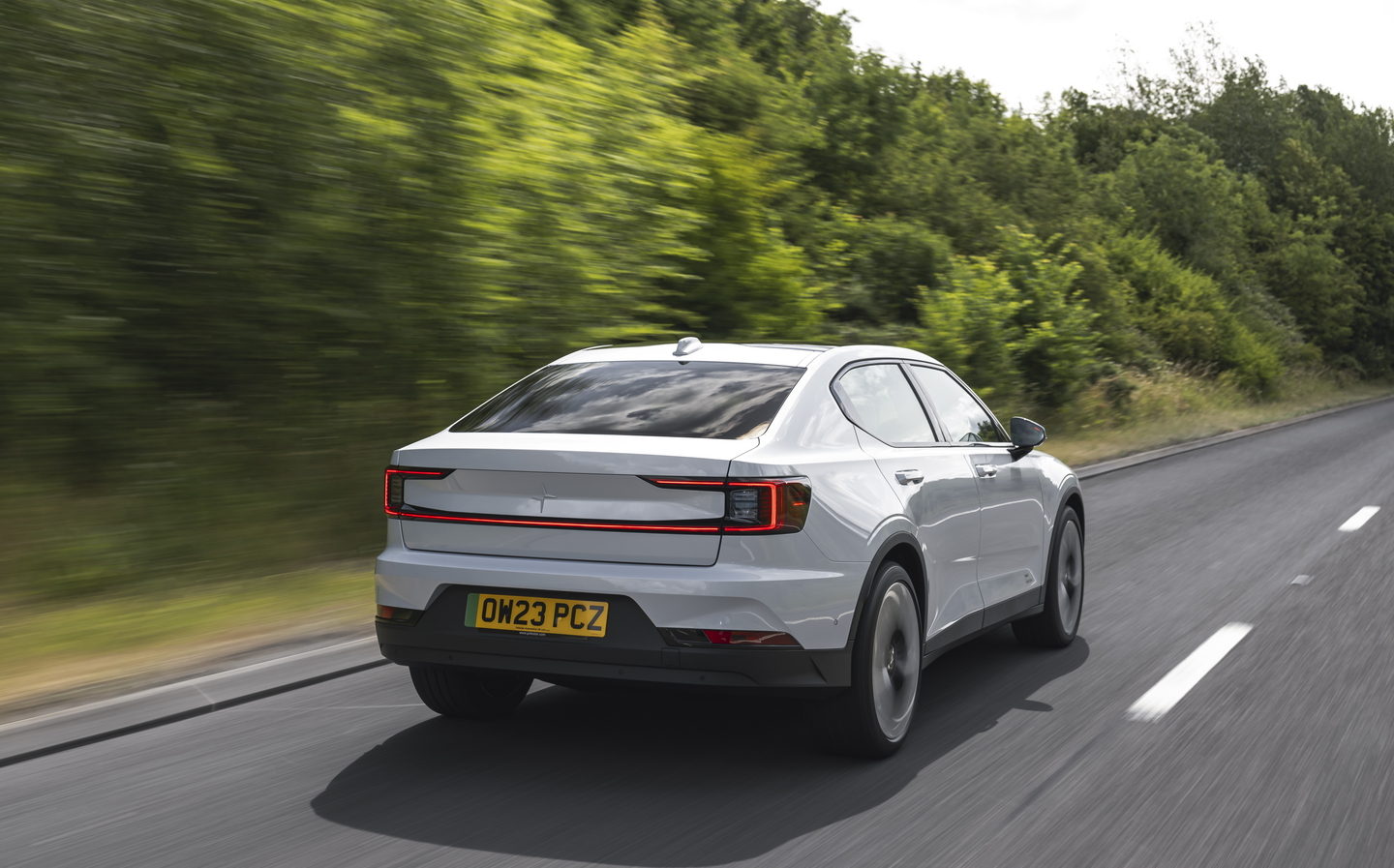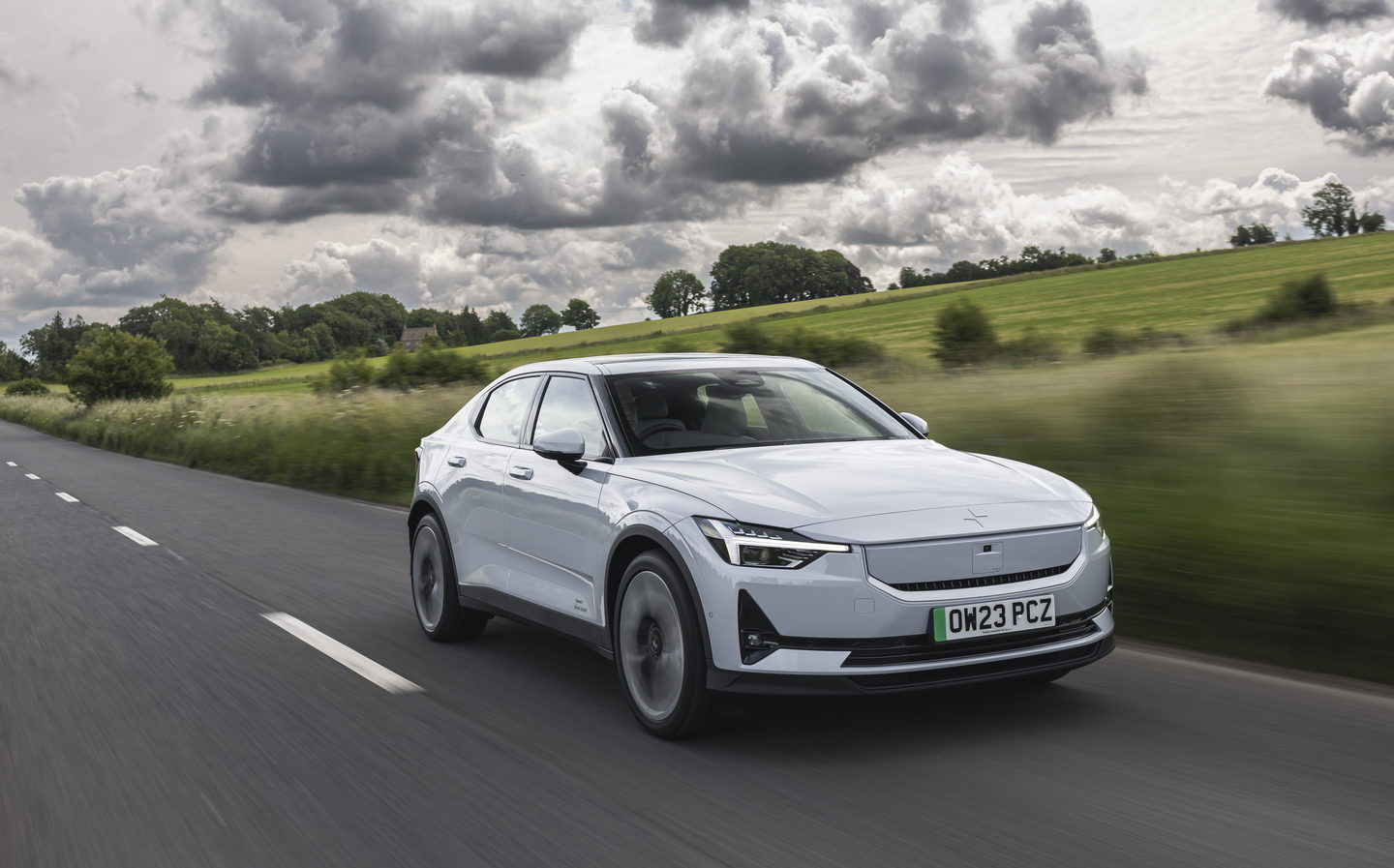Polestar 2 2023 review: Updated Tesla Model 3 and BMW i4 rival gets more range, faster charging
Subtle updates make for a better car
Polestar might not be a household name just yet but the electric car maker, which split from Volvo cars to become a standalone brand in 2017, has seen solid success. Admittedly, the Polestar 1 wasn’t exactly a mass market car, but the two-door plug-in hybrid coupé was never meant to be… its six-figure price tag was evidence of that. The pure-electric Polestar 2, however, was designed to find many more homes and there are already thousands of them on UK roads.
Now Polestar claims to have made the Tesla Model 3-rivalling five-door fastback even better.
The changes are numerous, with new electric motors, faster charging and a longer range all among the headlines. Polestar has tweaked the styling, too, giving the 2 a new front end and wheels, with additional safety tech included as standard.
But will all that be enough to ensure the Polestar 2 remains up there with the best electric cars on the market?
Exterior design and rivals

For the most part, Polestar has left the styling mostly untouched, and we’re pretty happy with that state of affairs. With a chunky, slightly chiselled image, the Polestar 2 was already a good-looking car, with a pleasant cleanliness to its lines. The door handles have always looked a bit bulky, particularly for an electric car, but that’s about as nit-picky as criticisms come and it’s a notable styling point in stark contrast to the flush handles found on the Model 3.
However, while the Polestar’s body is largely the same as before, one key aspect of the design has been altered quite noticeably. That’s the nose, which now integrates the “SmartZone” design taken from the forthcoming Polestar 3. That’s flash marketing speak for a panel across the grille in which many of the car’s safety systems are housed.
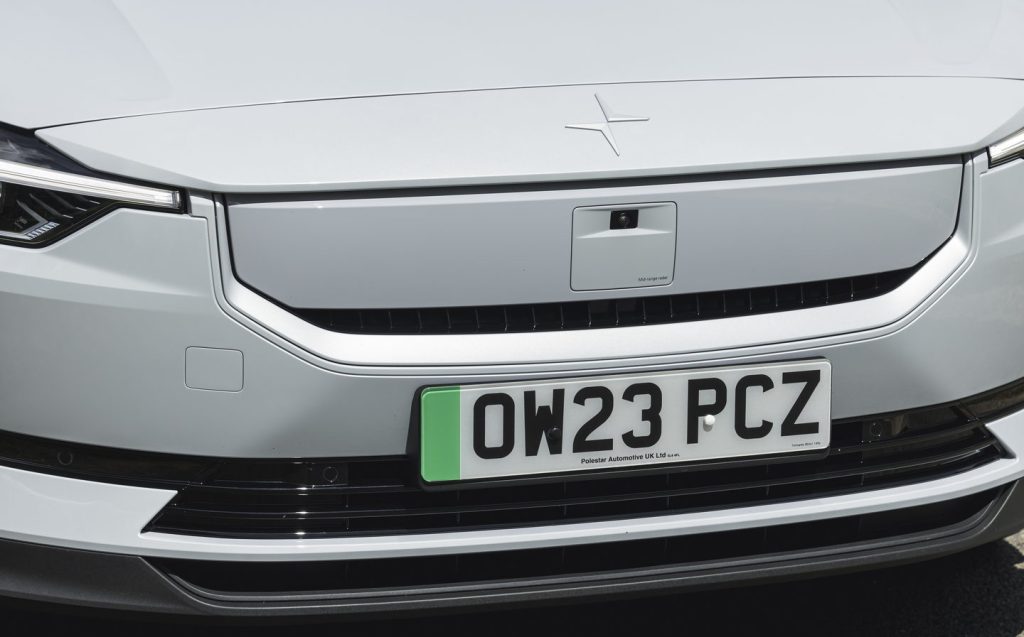
To our eyes it’s not entirely successful as a design element – it’s far from the cleanest way of integrating the safety tech – but it isn’t a complete disaster, and while the old car was arguably better looking the difference isn’t night and day.
As a result, the Polestar still looks good alongside its rivals, which include the Tesla Model 3, BMW i4, Kia EV6 and Hyundai Ioniq 6.
Interior and practicality
In most respects the Polestar 2’s cabin hasn’t really changed. It’s still the same minimalist environment as before, borrowing heavily from Volvo. That’s no bad thing because Volvo’s interiors are easy on the eye and well built, and the Polestar 2 has the same sense of quality.
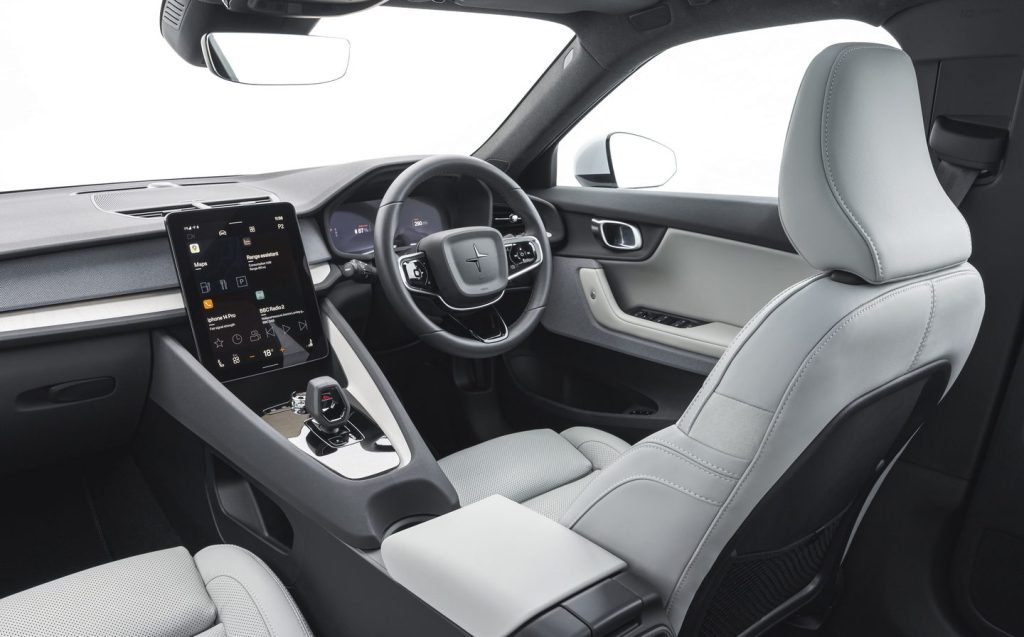
However, the design is bespoke, with the skeletal gear lever and the clean dashboard design leaving just a digital instrument display and the big, portrait-orientated central touchscreen for decoration. That isn’t quite true – there’s some cloth trim over the speakers and some decorative material around the transmission tunnel – but it’s a very Scandinavian design, and the only really obvious feature from the Volvo parts department is the steering wheel.
There’s a hint of Volvo DNA in the practicality of the cabin, too, because there’s plenty of space in the Polestar. Space in the front is ample and rear space is sufficient, too. Sure, really tall passengers might find their hair brushing the roof lining but it’s no worse than in a conventional saloon such as a BMW 3 Series, and better than the EV6 or Ioniq 6, and legroom is more than sufficient even if you’re sitting behind someone lofty.
Boot space is decent, with a total of 405 litres of load space available, assuming you include the roomy hidden compartment under the false floor, plus an extra 41 litres for luggage under the bonnet. That’s not huge compared with conventional executive saloons, but compares well against the Model 3’s 430 litres and the i4’s 470 litre, and it’s noticeably more than you get from a family hatchback such as the VW Golf, or even the ID.3 hatchback.
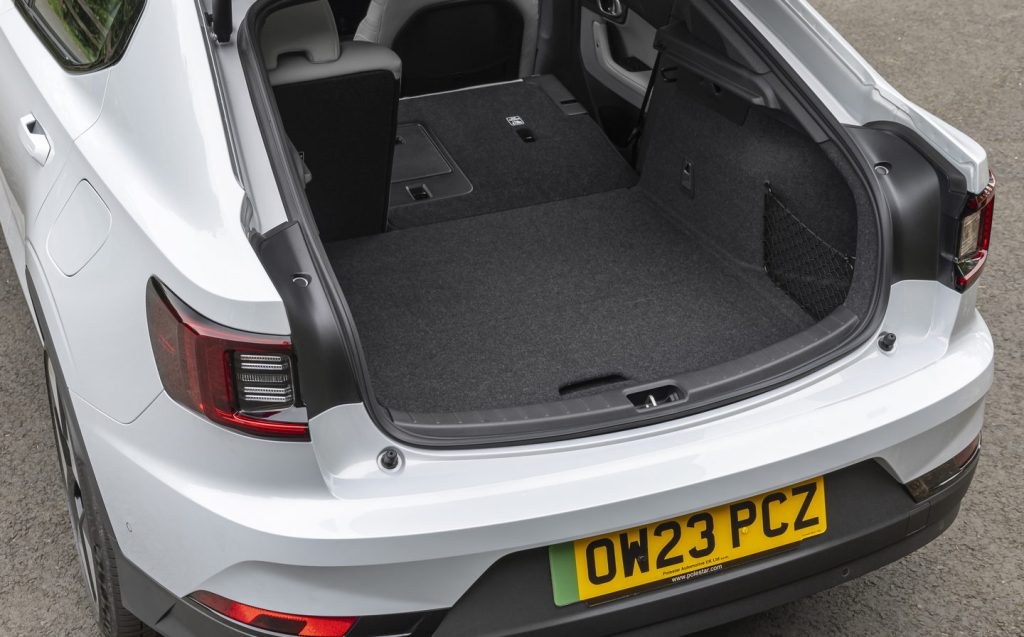
Technology and safety
The minimalist cabin is dominated by the central touchscreen, which represents the tech hub of the car. As before, the screen is powered by Google technology, which makes it almost as intuitive as an Android phone to use (yes, it’ll run Apple Carplay, too). It isn’t quite that good – there’s the occasional moment of lag as it processes an input – but it’s one of the best touchscreen systems on the market.
Especially as apps such as Waze can be downloaded direct to the car, though it comes with Google Maps in place of a conventional navigation system and it integrates seamlessly. The car comes with three years of Google connectivity up front, and customers can extend that as the car ages, allowing them to access Google Maps through the car as if it was a smartphone. The sat nav can tell you where charging points are, and it can tell you the predicted battery state when you get to your destination, informing you whether you’ll need to charge on the way. It’s a clever and useful feature.
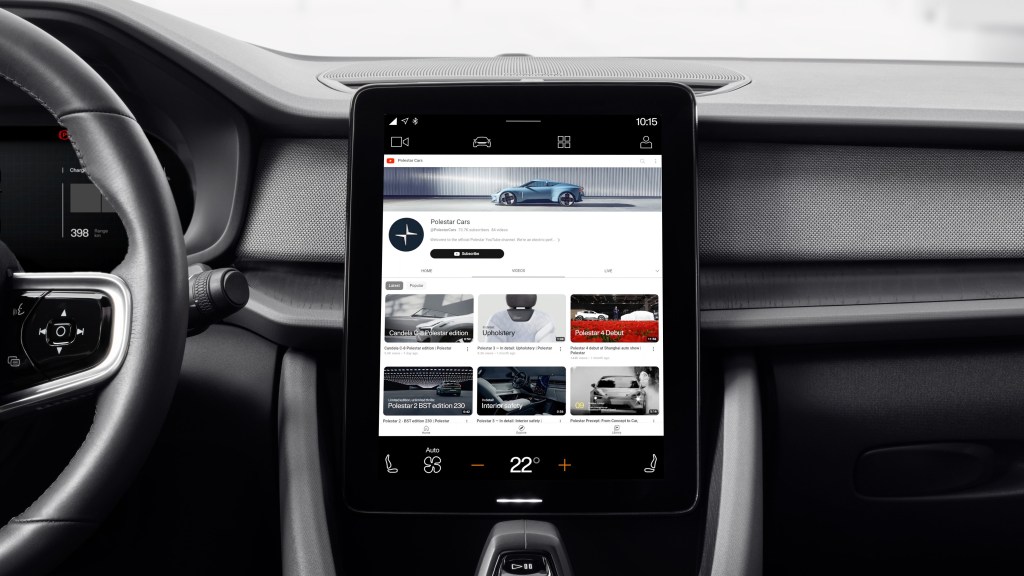
But the Polestar comes with more than just a trick infotainment system and web-based navigation. As part of the update, Polestar has fitted the car with blind-spot monitoring technology as standard, informing drivers when a vehicle is lurking in the blind spot over their shoulders. Although it isn’t perfect, it’s one of the best and most reliable driver assistance technologies currently available, and its inclusion as standard equipment is very welcome.
Performance, charging times and range
As before, the Polestar 2 will be available in a choice of different guises, with two battery sizes available and four different power outputs. But Polestar has tweaked all these options, fiddling with the battery chemistry and the electric motors, giving the cars more range and faster charging.
The basic option, then, is the Standard Range Single Motor variant, which has a 69kWh battery and a 268bhp electric motor. The two combine to provide an official range of up to 331 miles on a single charge. For many, this will be more than sufficient, especially given a 0-62mph time of just 6.4 seconds, although we have reservations about how achievable that 331-mile official range would be in the real world.
That’s because we tested the Long Range Single Motor version, which has an official 406 miles of range, but managed just 3.3 miles per kilowatt-hour. Admittedly, that was over a mixture of roads with some enthusiastic driving at times, but it would have given us a total of around 260 miles from the car’s 79kWh of usable energy. It isn’t brilliant, admittedly, but the 406-mile range sounded high for something with a battery that’s barely larger than medium-sized in the first place, and we could probably have stretched the range to a useful 300 miles with some less eager use of the accelerator.
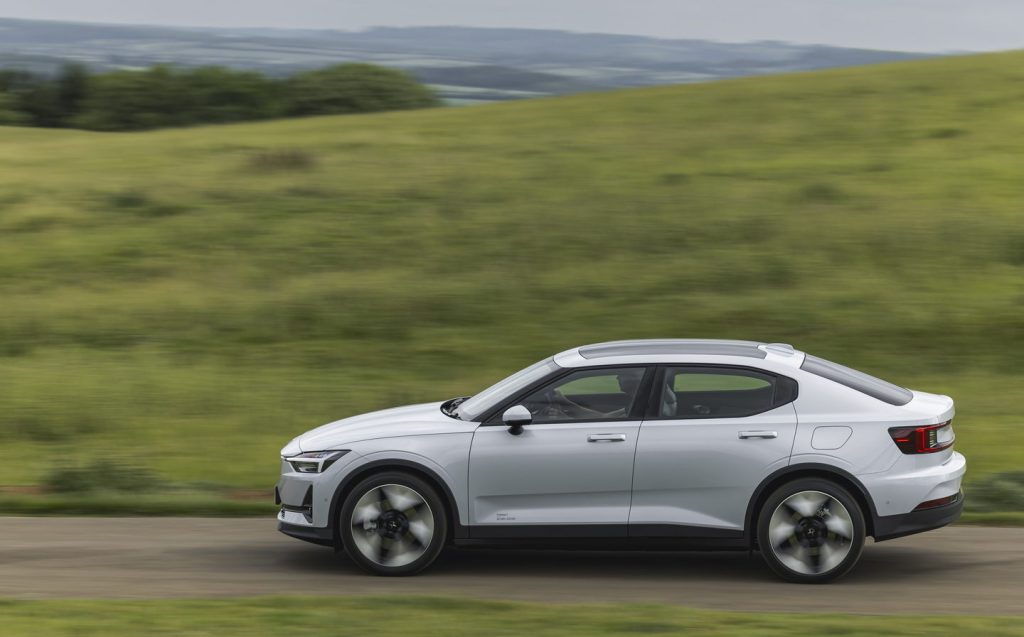
But when you have 295bhp to play with, that’s easier said than done. The temptation to floor it and enjoy the 6.2-second 0-62mph time is always there, and the acceleration is as instantaneous as ever. But if you want speed, or just the security of an all-wheel-drive powertrain, you’ll need one of the Dual Motor versions.
Opt for a standard Dual Motor car and you get the long-range battery, but the rear-mounted motor is joined by another at the front, giving the car an all-wheel-drive powertrain with 416bhp. The combination is enough for a 4.5-second 0-62mph time, but you can add the Performance Pack to provide 459bhp and a corresponding 0.3-second drop in 0-62mph time.
The catch with both options is a reduction in range. Though Polestar has tried to mitigate the effects with a rear-biased four-wheel-drive system that only sends power to the front motor when the driver demands a high power output or when the rear wheels break traction, the Dual Motor car still can’t reach the Single Motor model’s 406-mile official range. Instead, it makes do with a 367-mile range that drops by 14 miles with the Performance Pack.
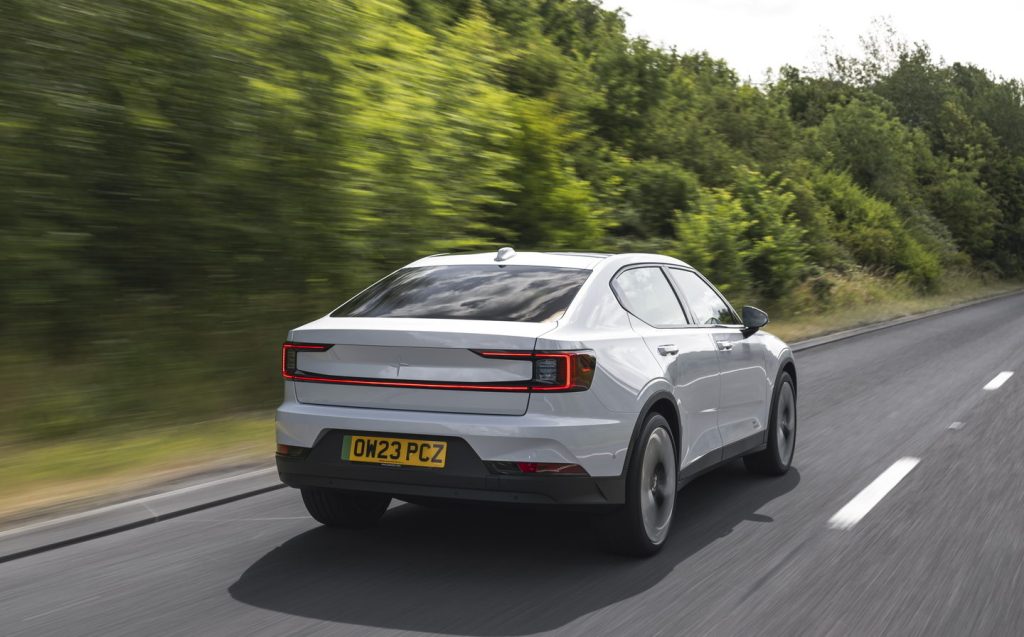
At the same time, Polestar has also upgraded the 2’s charging capabilities, so even the basic model with the smaller battery now has the ability to charge at 135kW on a public DC charger. Naturally, it’ll need a suitable charger to do that but at maximum charging speed the new Polestar 2 will charge from 10 to 80 per cent in 34 minutes.
And the Long Range cars, with the bigger batteries, are even quicker. With the ability to take on charge at 205kW, the battery can be topped up from 10 to 80 per cent in just 28 minutes. Charging the battery from flat to full on a 7kW domestic wallbox, meanwhile, will take eight hours.
Ride and handling
Polestar has made something of a song and dance about its decision to switch the single-motor cars to rear-wheel drive but customers won’t notice the difference immediately. Most of the time the car feels exactly the same as before, with the same slightly lifeless steering and ample grip.
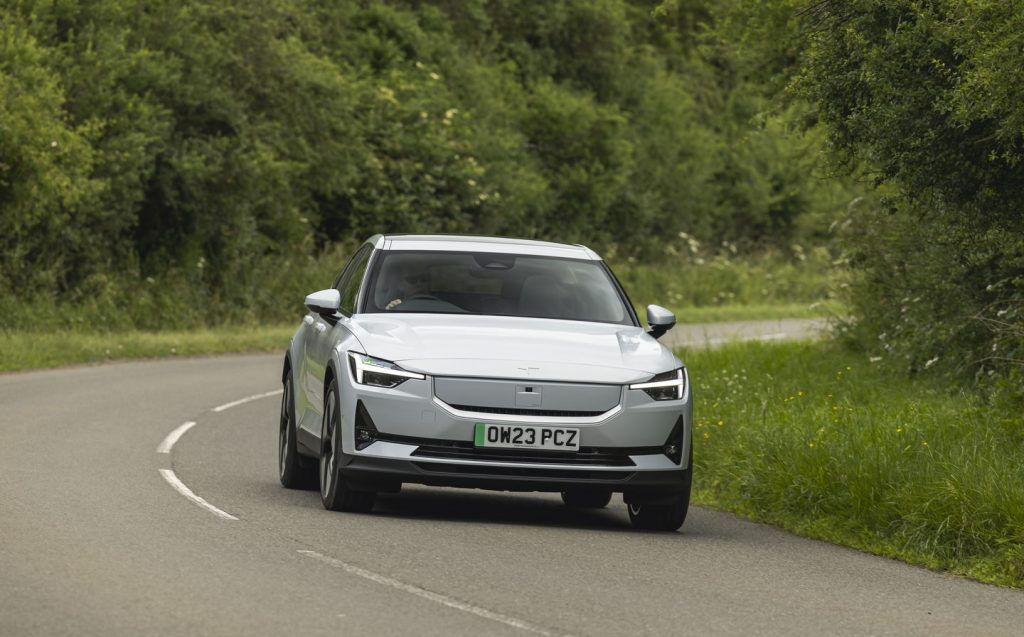
However, when you put your foot down – particularly on a wet surface – the rear wheels start to lose traction and the rear end comes out to play. Accelerating hard on a wet road might leave some drivers coming to grief if they’re surprised by the liveliness that’s normally missing in dry conditions.
Of course, the electronic nannies will step in if things really get out of hand, and drivers will have to try hard if they want the tail to swing out, but it’s possible. Among keen drivers, that won’t be a problem, but the unwary might be caught off-guard.
The problem is, the Polestar is unlikely to appeal to keen drivers all that much. Yes, the acceleration can be startling and the car feels reassuringly secure (at least in the dry), but the steering feel and overall weight mean it isn’t the most exciting car to drive. It’s more than agile enough for most but doesn’t have the sense of precision or the body control you get from, say, a Porsche Taycan.
Often, that slight woolliness is excused thanks to a focus on comfort, but in trying to strike a balance between the two, Polestar has missed the mark slightly on both. As before the ride is a bit firm, even though there seems to be quite a lot of suspension travel, which means low-frequency bumps are often dealt with fairly easily but sharper imperfections and broken surfaces leave a bit of unsettled jiggling. It isn’t back-breaking but it’s never quite as smooth or as settled as we’d like.
All that said, our test car was riding on optional 20in alloys, and we’ll have to test a car on the standard 19in rims to find out how much impact wheel size has on that sensation.
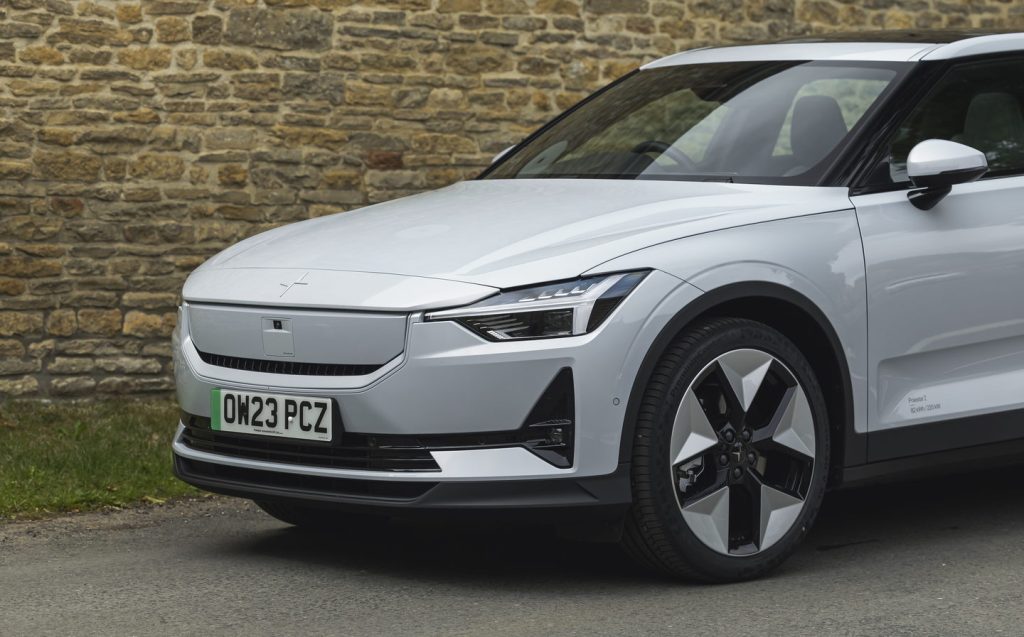
We don’t know whether the wheel size will have any impact on road noise, either, because our test car proved pretty loud over all surfaces, with the rumble of tyres on asphalt permeating the cabin. Admittedly, the Polestar 2 doesn’t have a noisy engine to mask any of these sounds, but it’s disappointing that its maker hasn’t fitted some extra sound-deadening material to cover the noise.
Pricing and on-sale date
The Polestar 2 starts at £44,490, which pays for the basic ‘Standard Range’ car with the smaller battery and less powerful motor. Opting for the bigger battery hikes the price by £4,500 and swapping to a twin-motor, all-wheel-drive car adds a further £4,000. But even at around £64,000 for a top-of-the-range car with all the bells and whistles, you’re getting reasonable value.
Not only do all cars come with the big central screen, a 360-degree manoeuvring camera and wireless phone charging, but heated front seats, climate control and Apple CarPlay are also thrown in. And Polestar will sell you packs containing extra kit, including the £2,000 Pilot Pack with adaptive cruise control, and the £5,000 Performance Pack with adjustable suspension and a bit of extra power for Dual Motor cars.
Verdict: Polestar 2 review
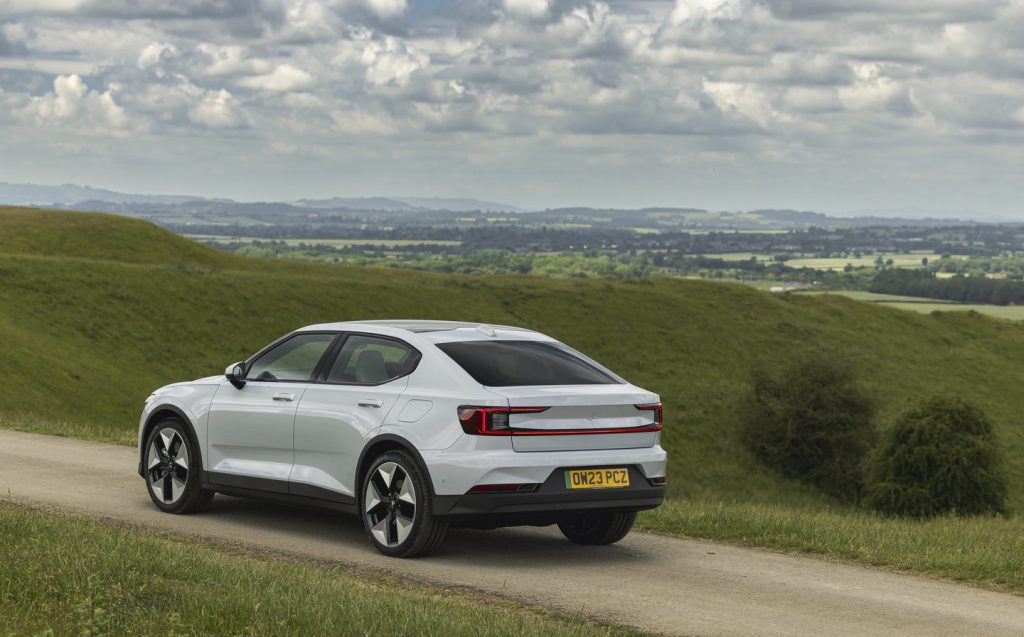
In many ways, the Polestar 2 has improved dramatically, with its huge official range, improved charging capability and its extra on-board tech. But it doesn’t feel hugely different, with much the same interior, boot and road manners. Even the transition to rear-wheel drive hasn’t made too much of a difference. But that’s okay, because the Polestar 2 has always been a solid car – that’s why they’re so popular – and the new model will do little to change that. Maybe the new grille will put a few people off, but that’ll probably attract as many customers as it repels. And while a few small flaws remain, those who are attracted to the Polestar 2 will find a more capable car than ever.
Related articles
- If you were interested in our review of the updated Polestar 2, you might like to check out the newer Polestar 4
- Take a look a Will Dron’s preview of the 872bhp Polestar 5
- And click here if you want to see our guide to all the car makers’ electric vehicle plans
Latest articles
- Omoda 5 prototype review: Bargain family SUV is solid first effort for new Chinese brand
- Dacia Duster 2024 review: Rugged, affordable SUV modernised with electrification and quite the glow up
- Audi A3 Sportback 2024 review: Softly, softly, catchy premium hatchback buyer
- New electric-only Mini Aceman fills gap between Mini Cooper hatch and Countryman SUV
- Tesla driver arrested on homicide charges after killing motorcyclist while using Autopilot
- Porsche Macan 2024 review: Sporty compact SUV goes electric, but is it still the class leader for handling?
- F1 2024 calendar and race reports: What time the next grand prix starts and what happened in the previous rounds
- Aston Martin DBX SUV gets the interior — and touchscreen — it always deserved
- Nissan unveils bold look for updated Qashqai, still made in UK


